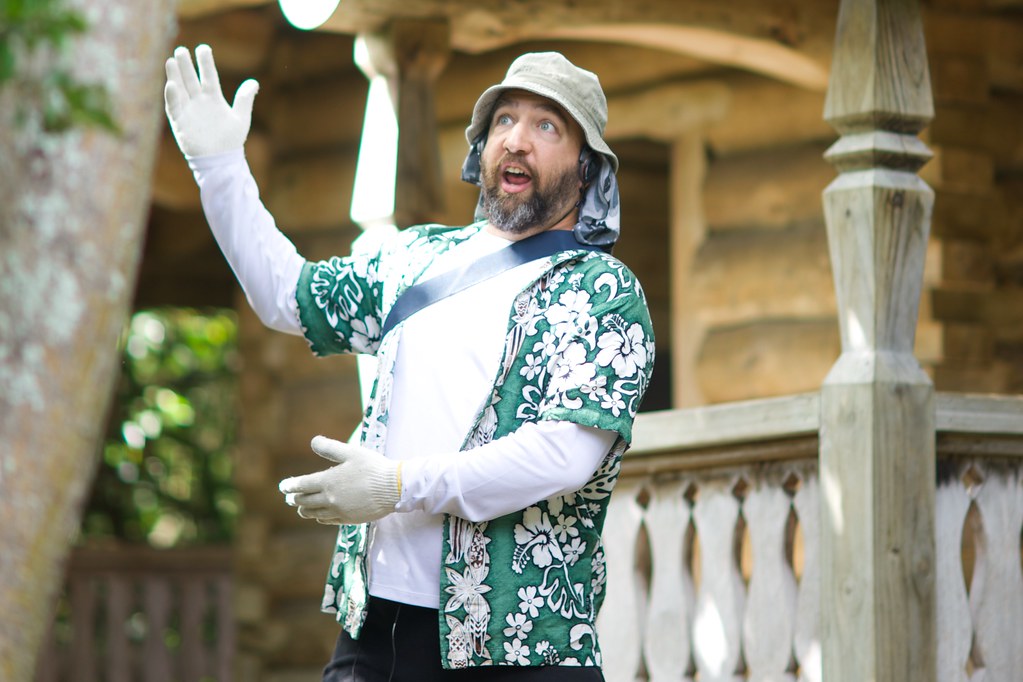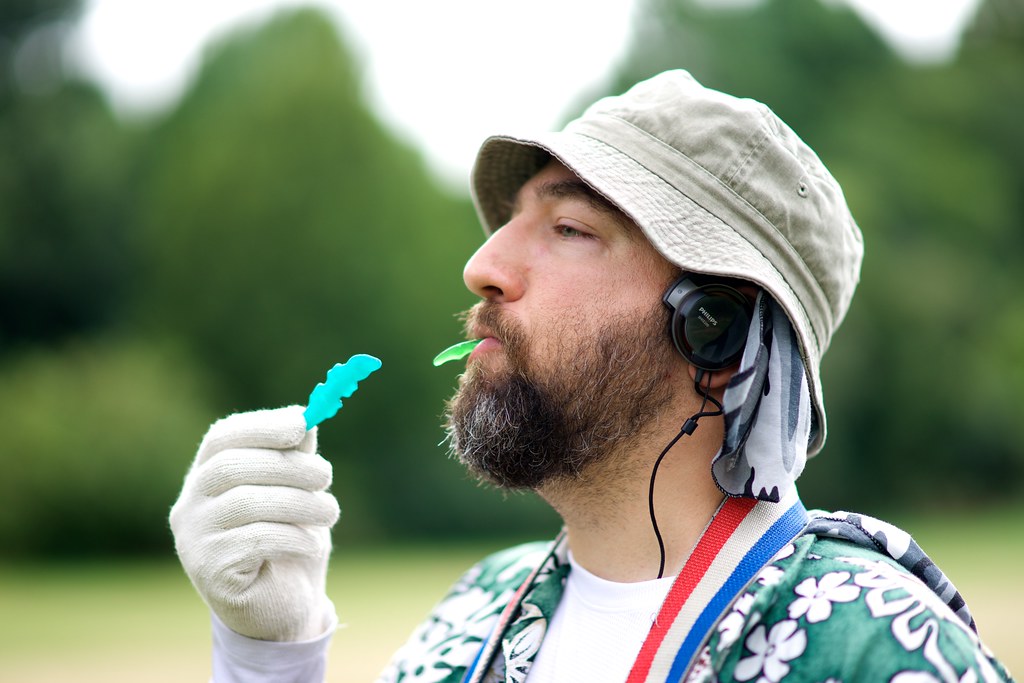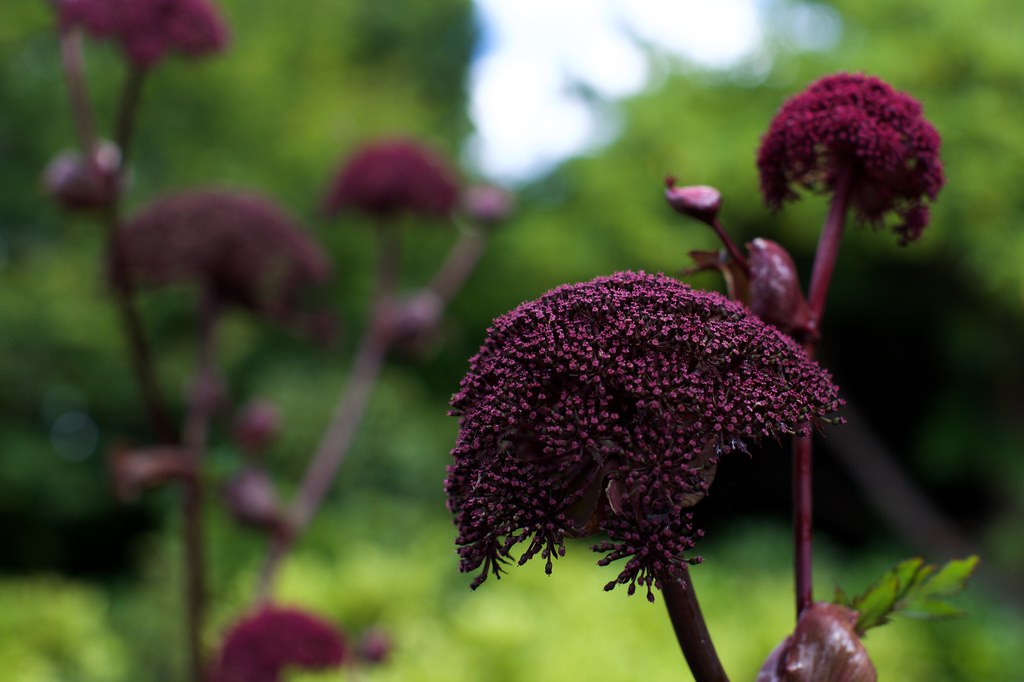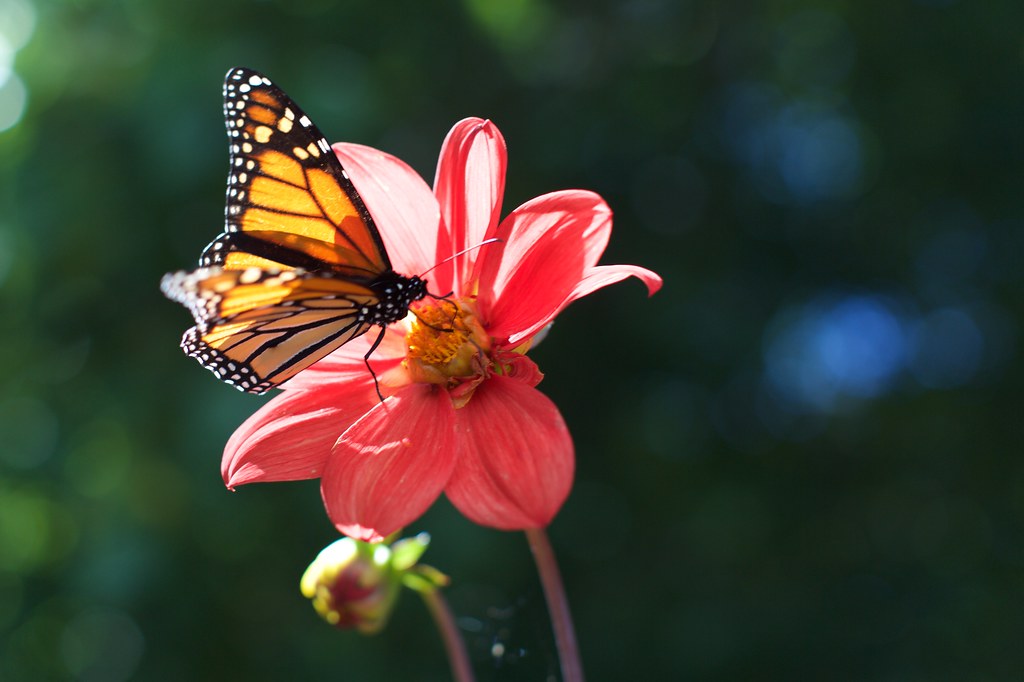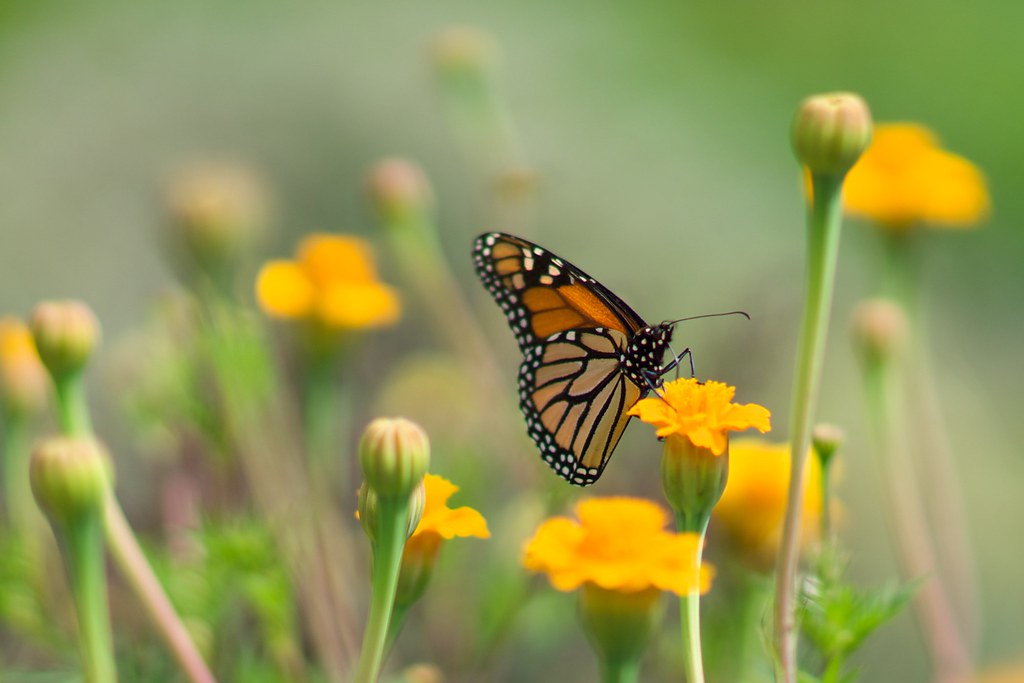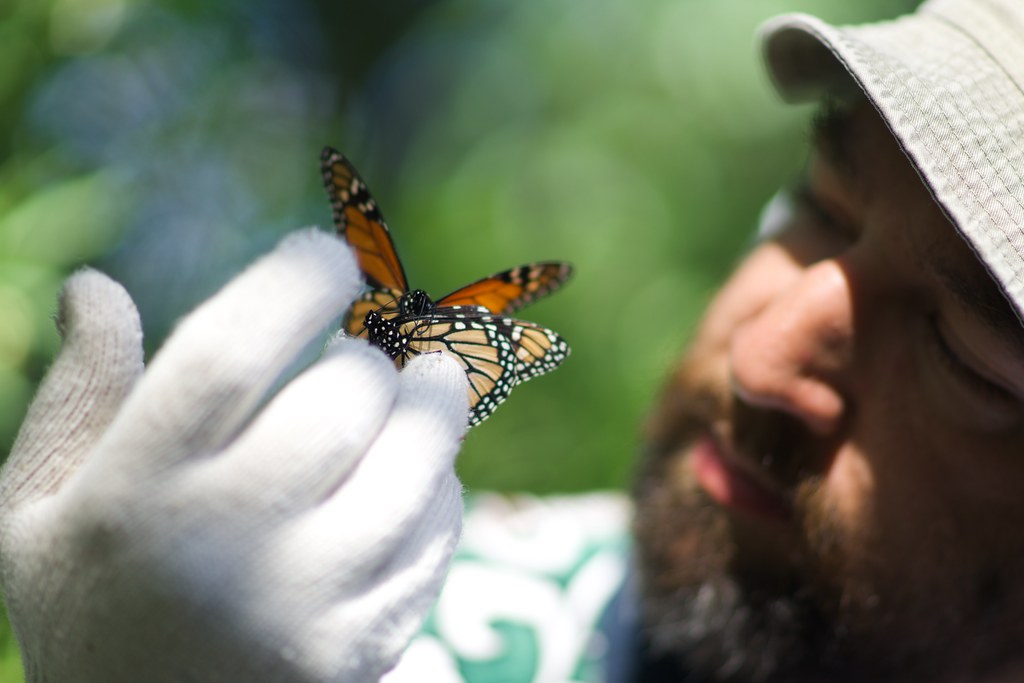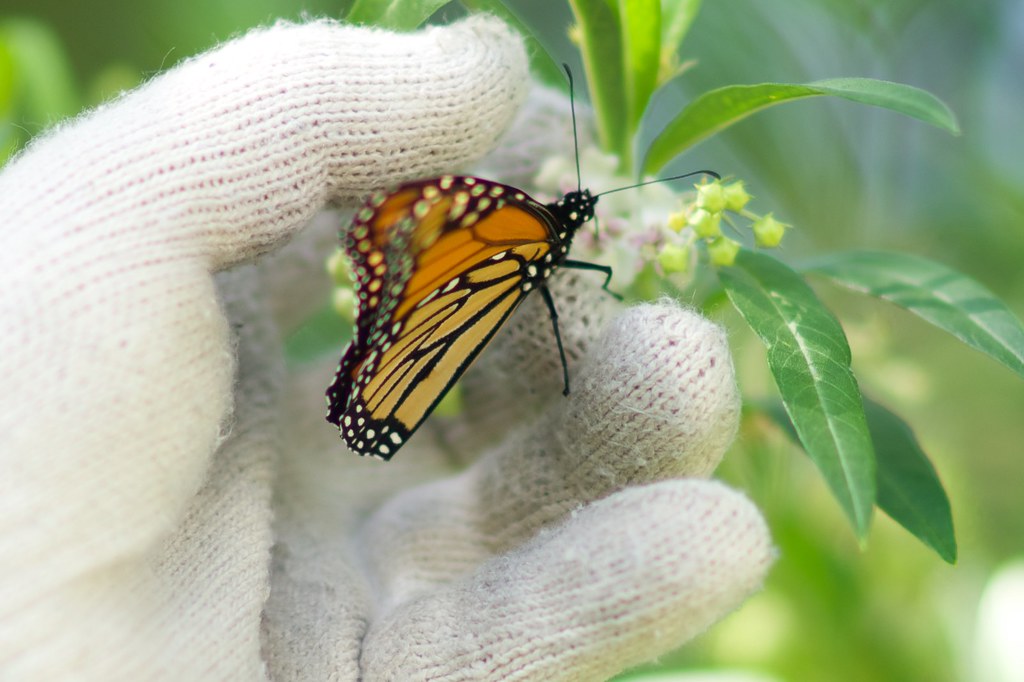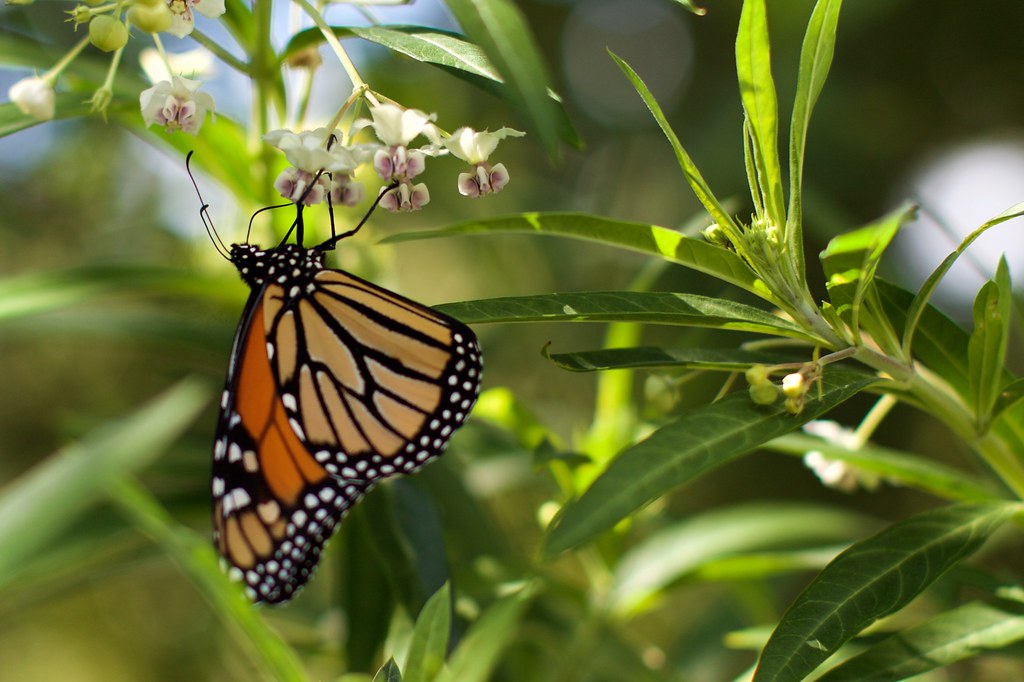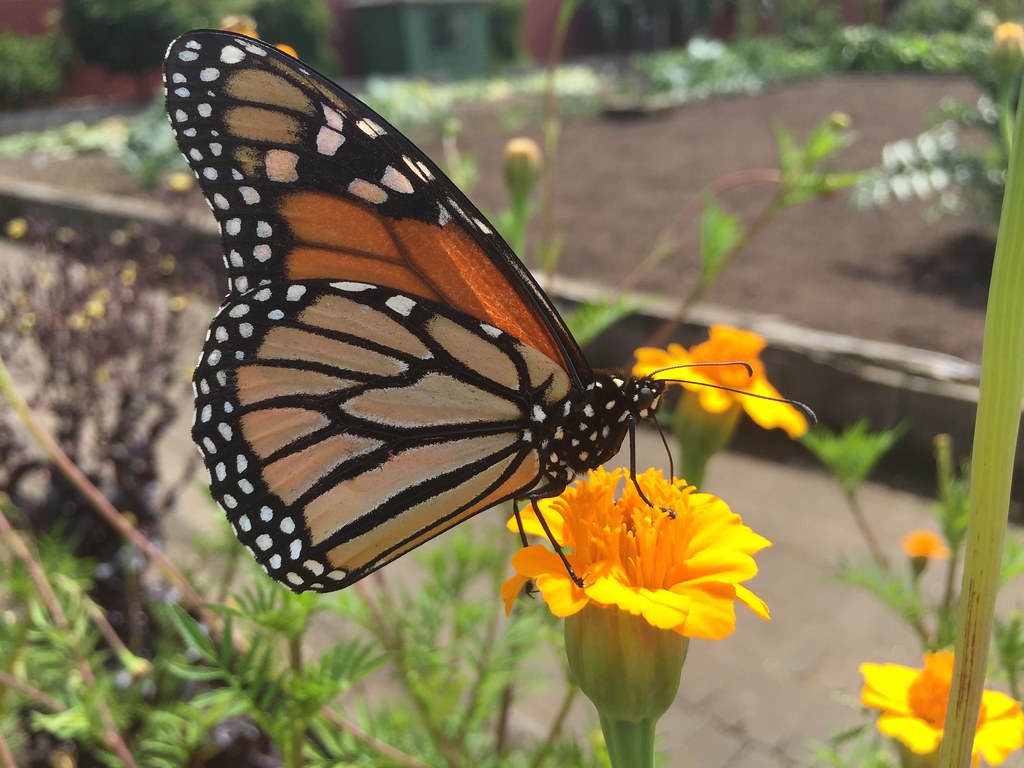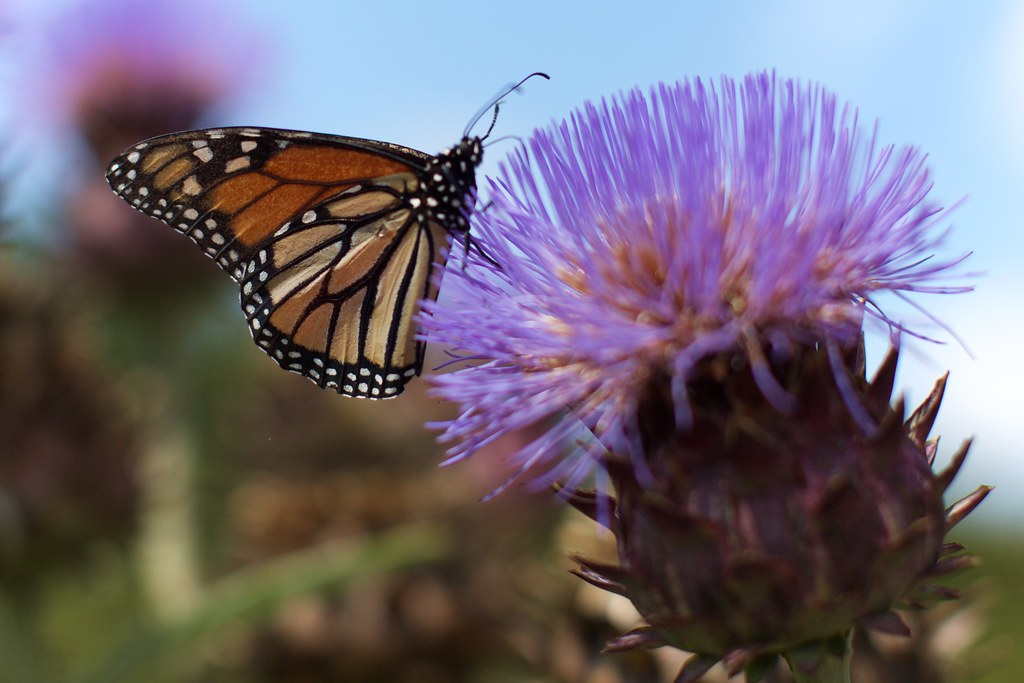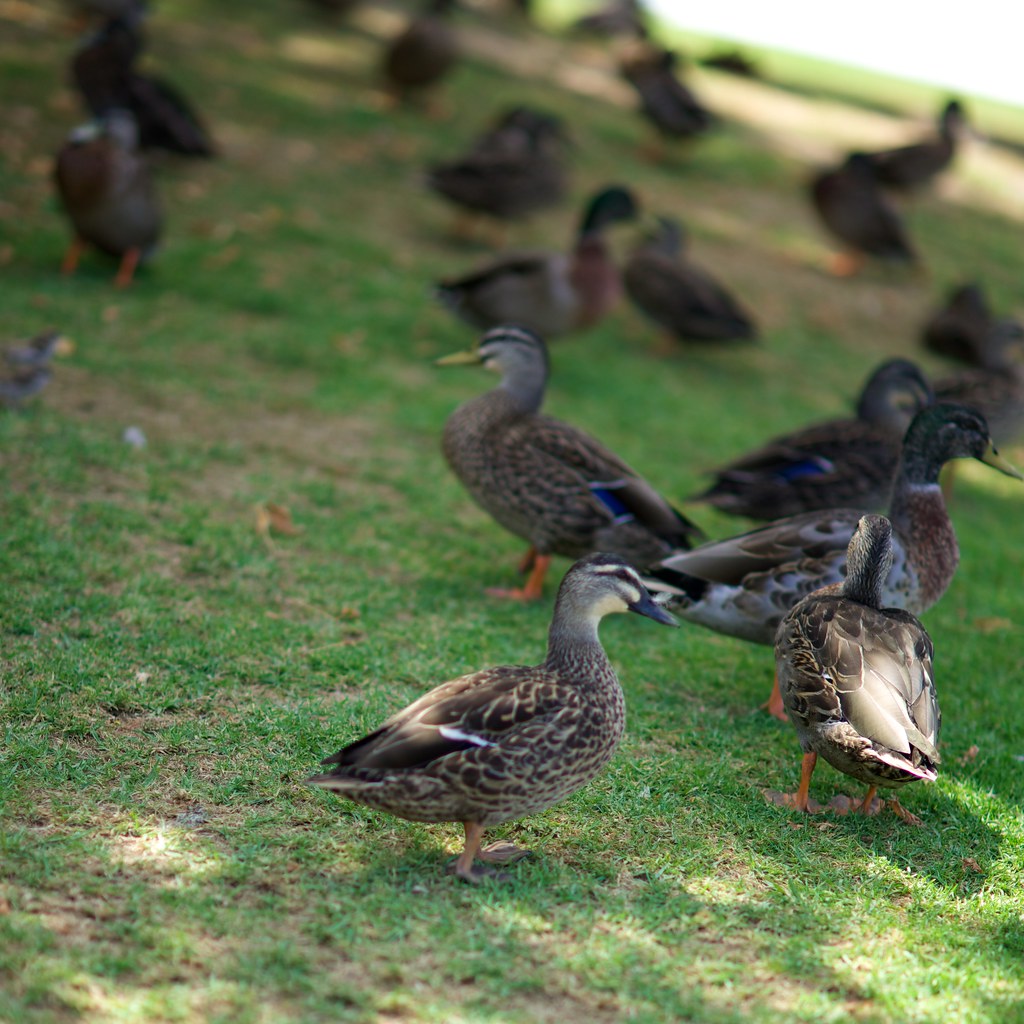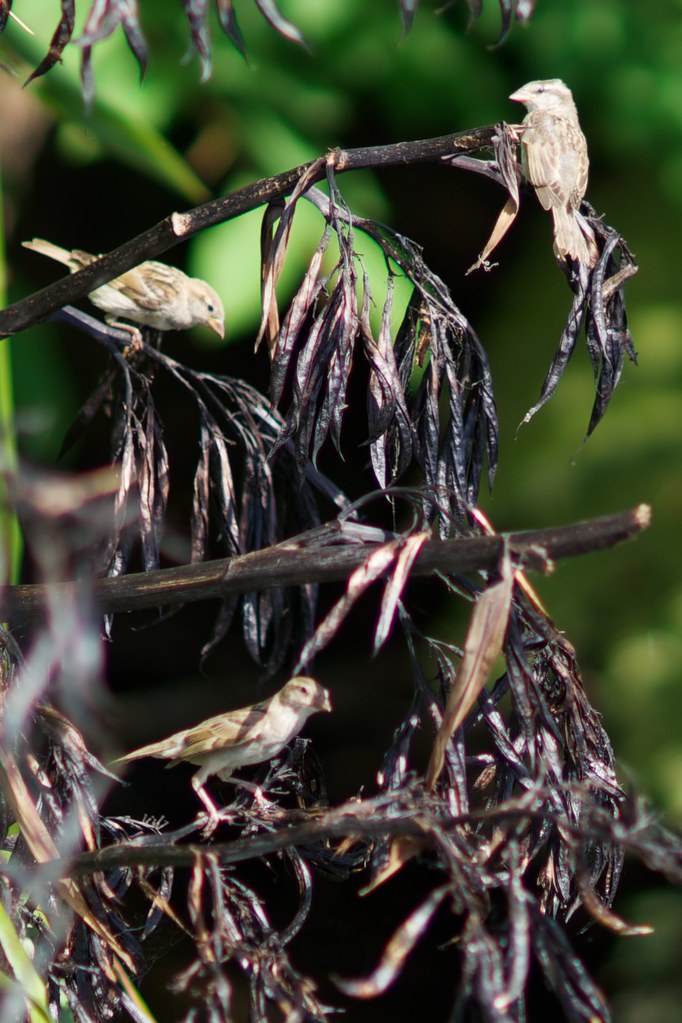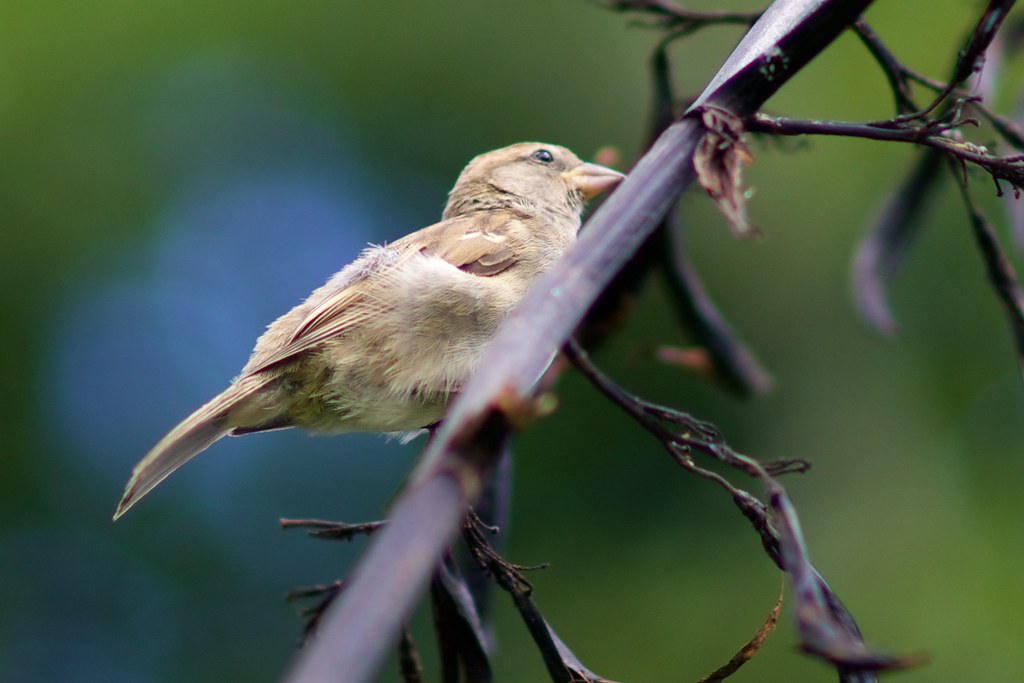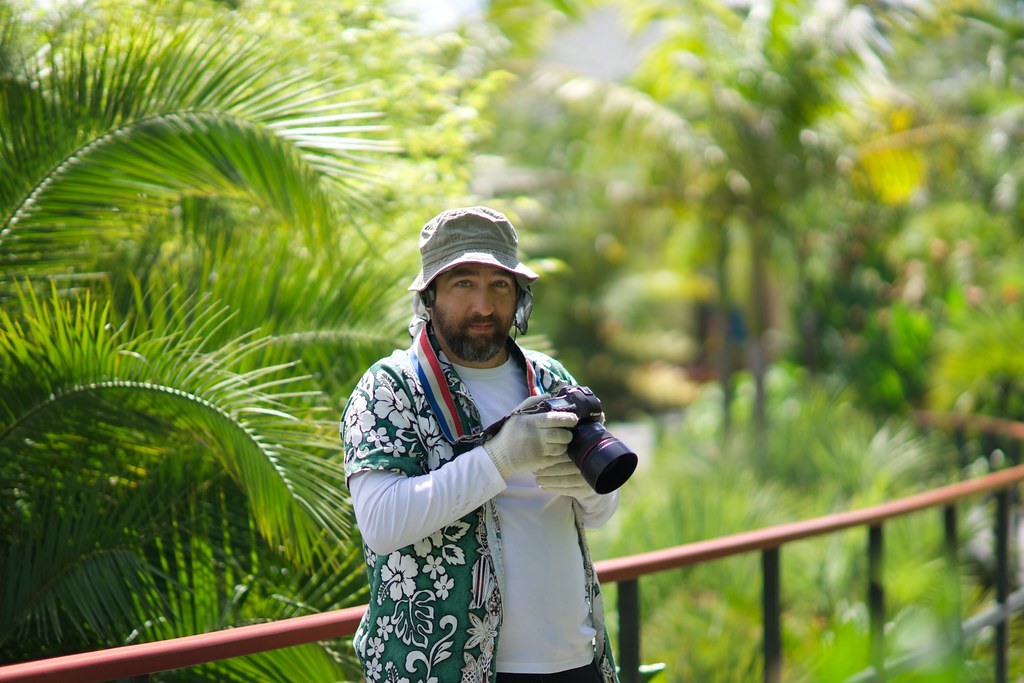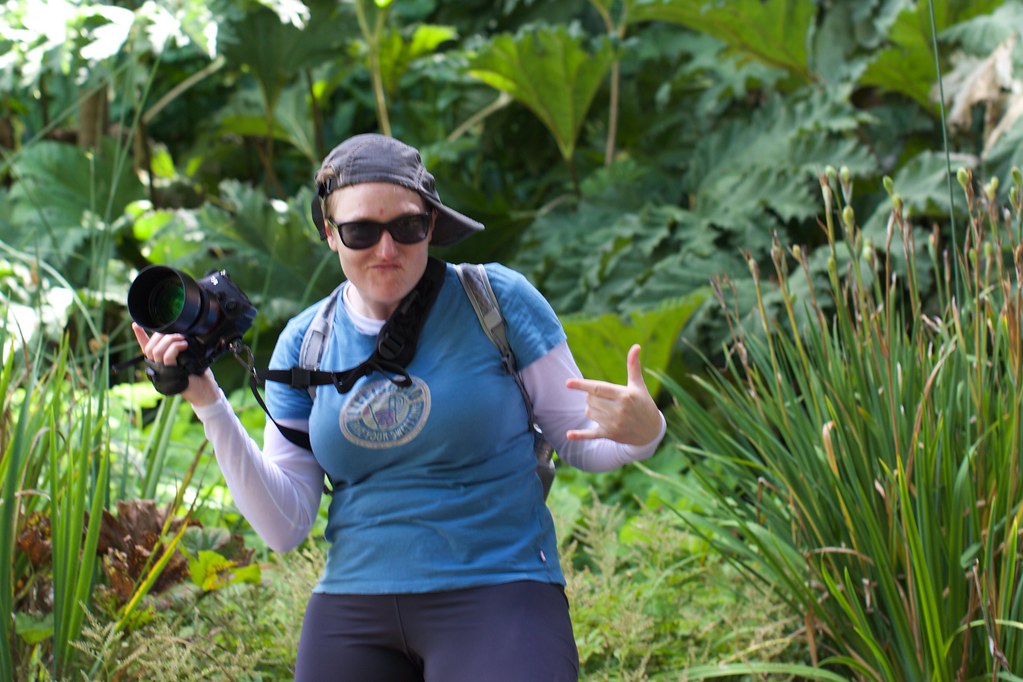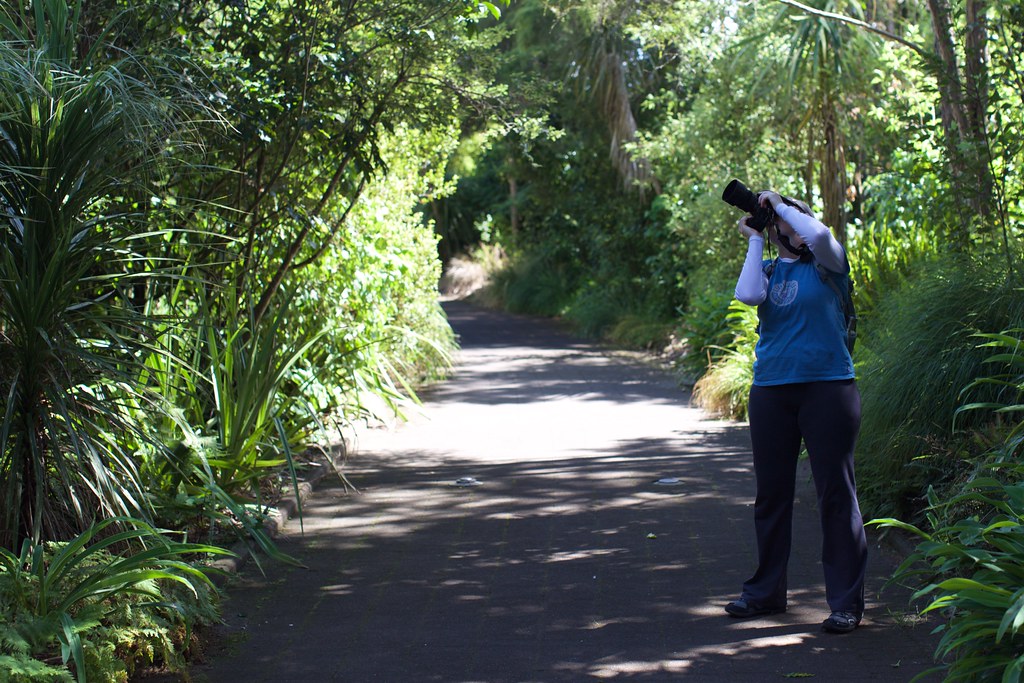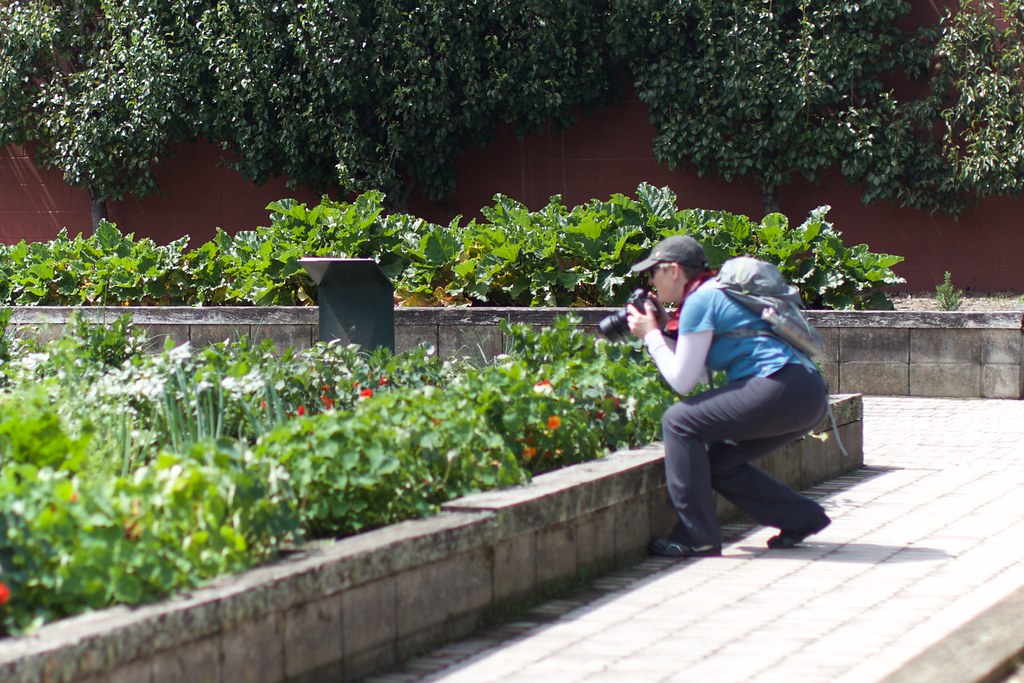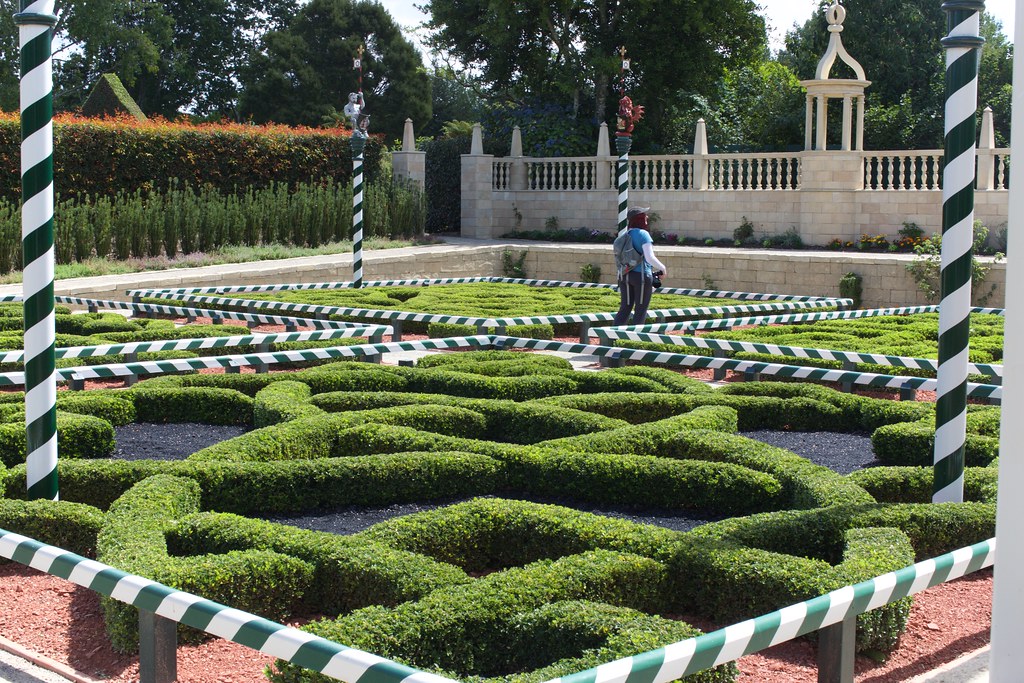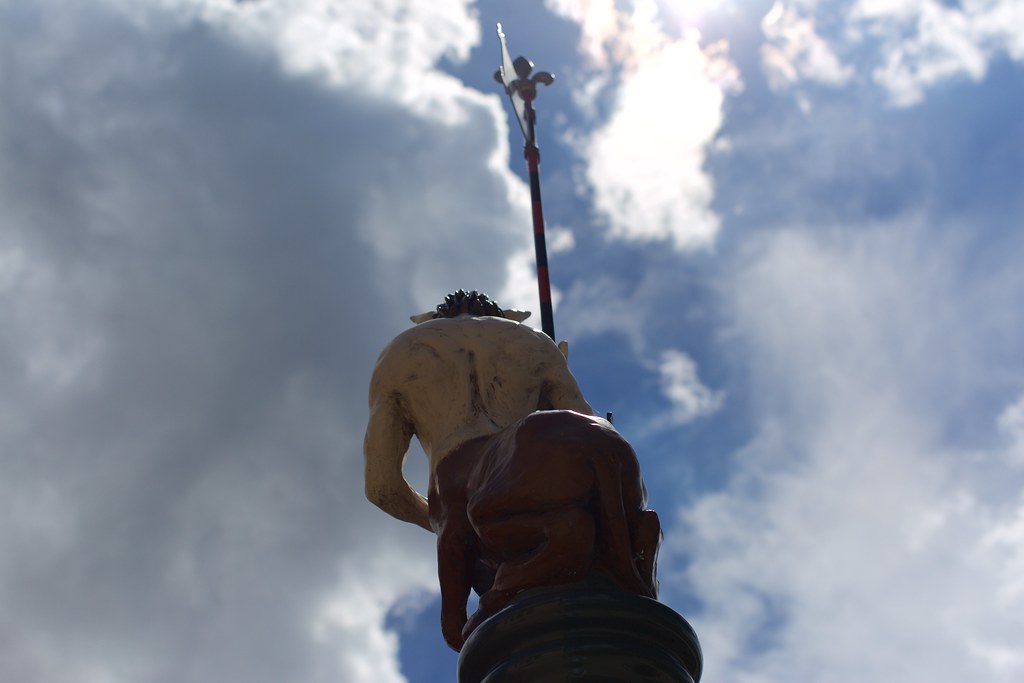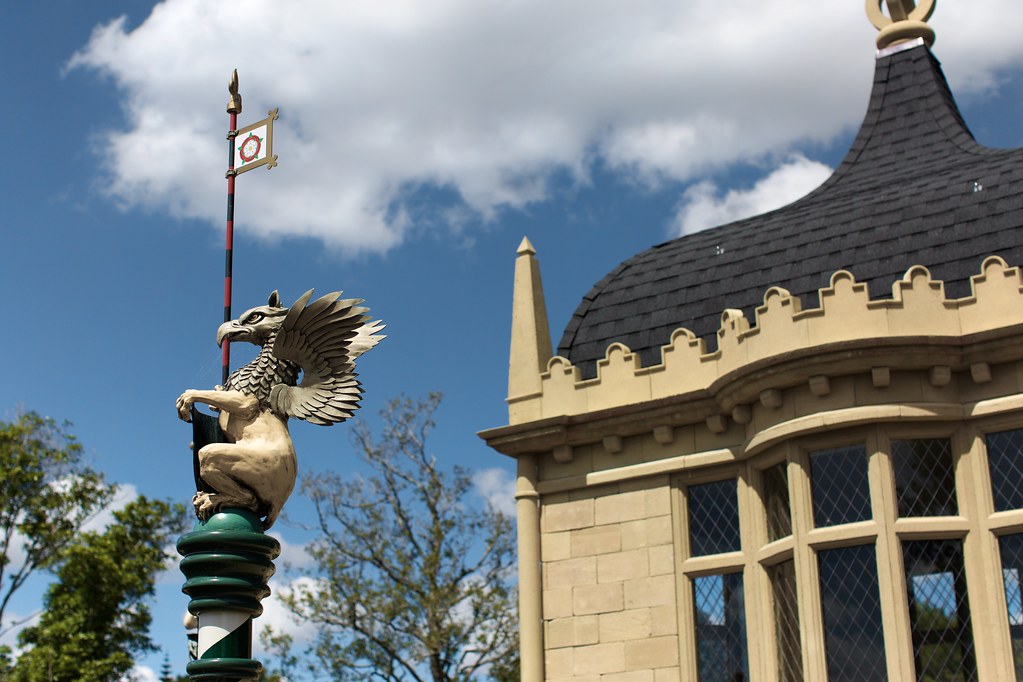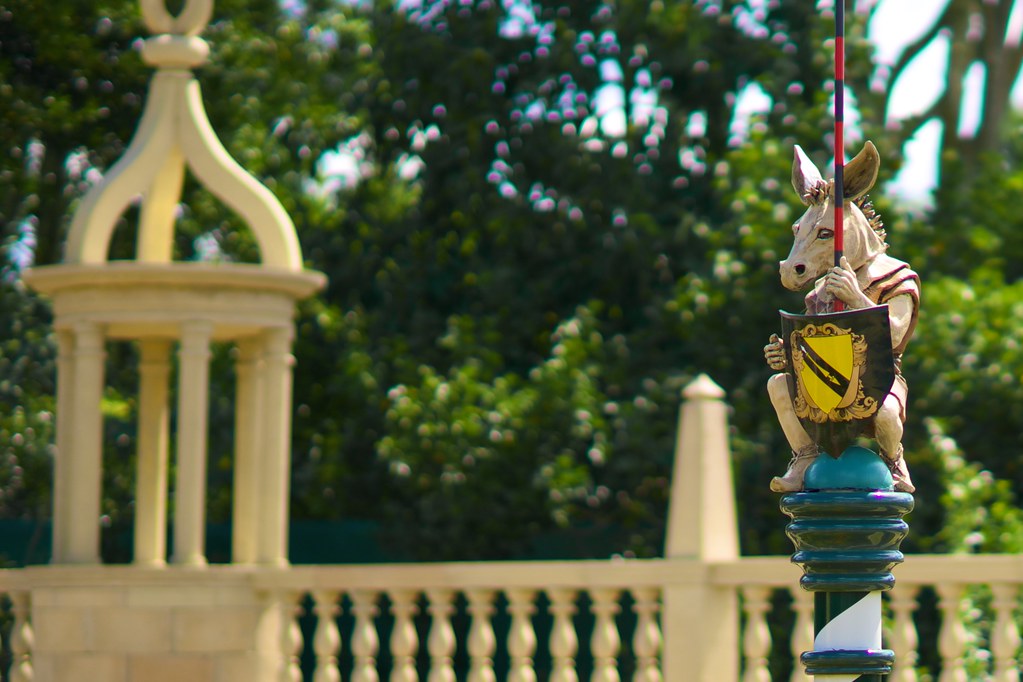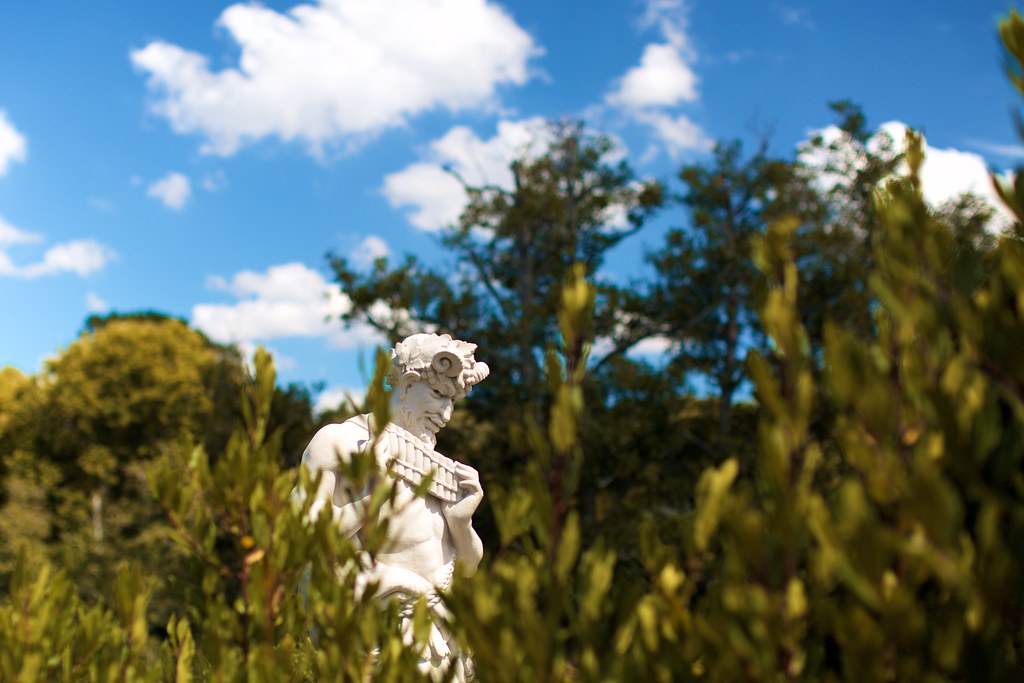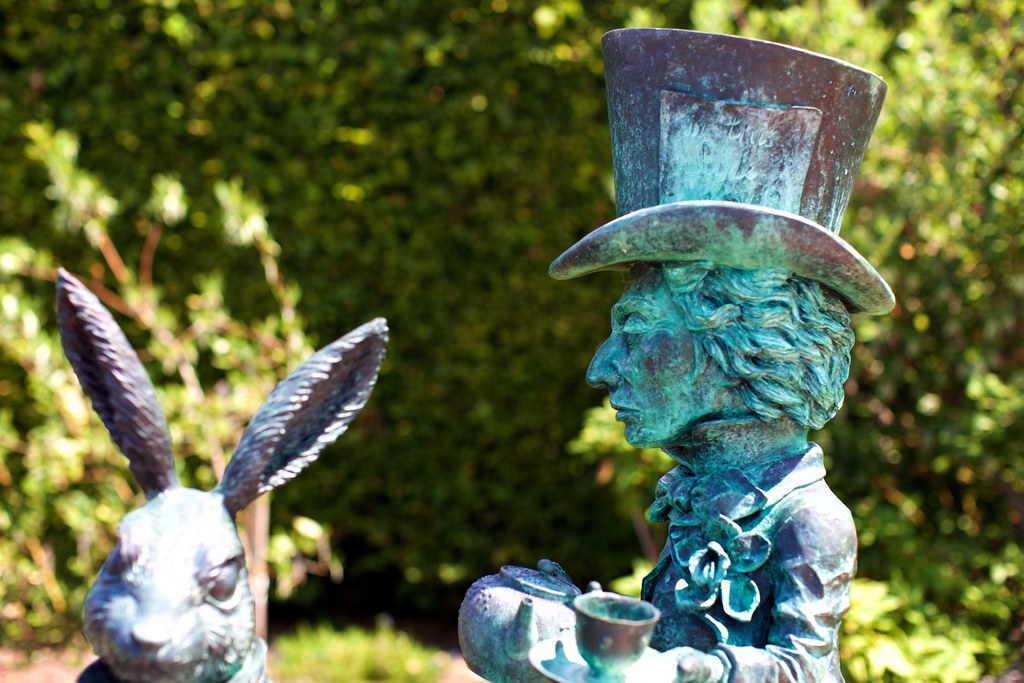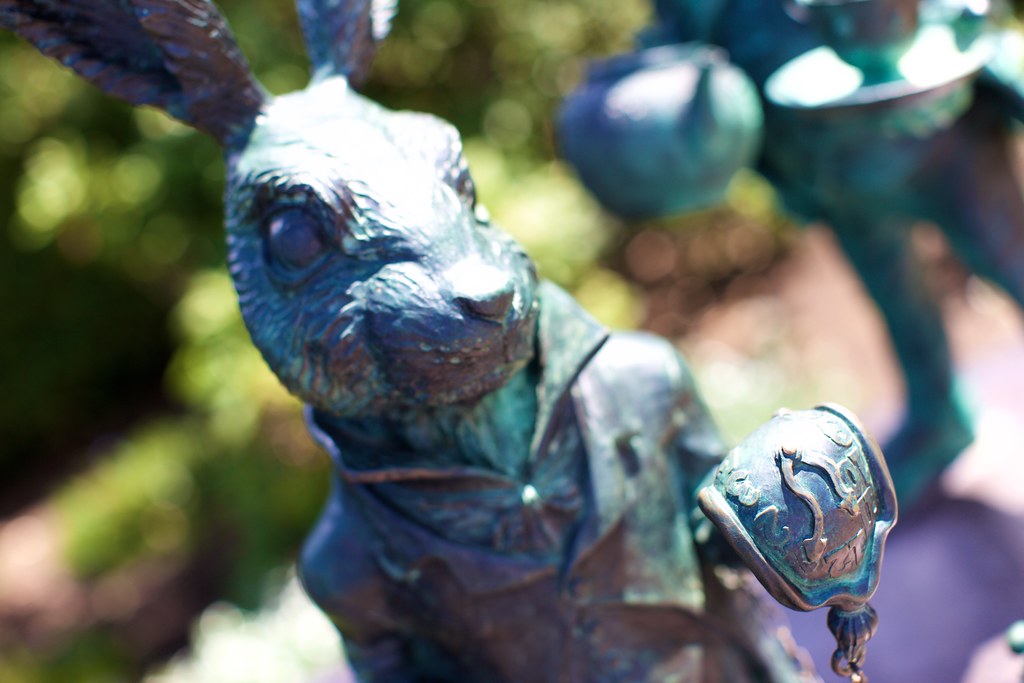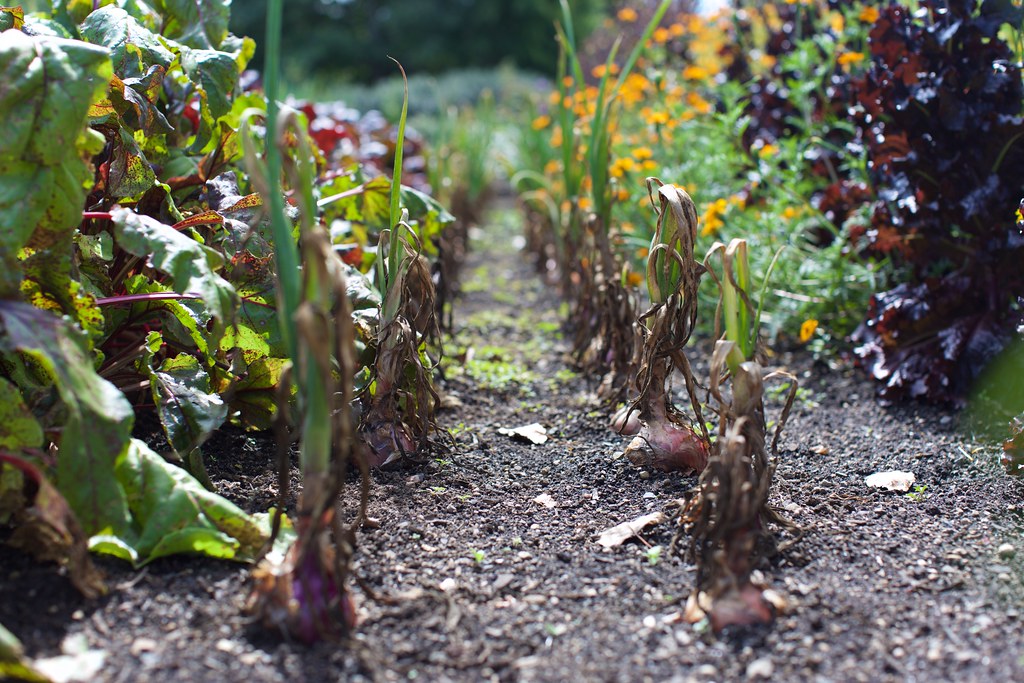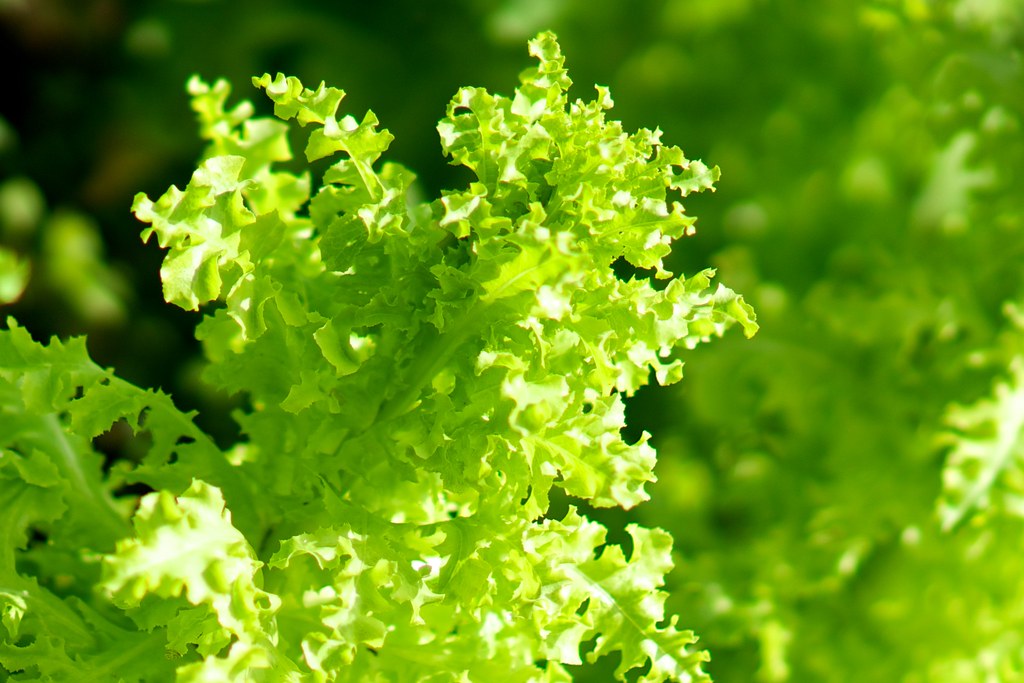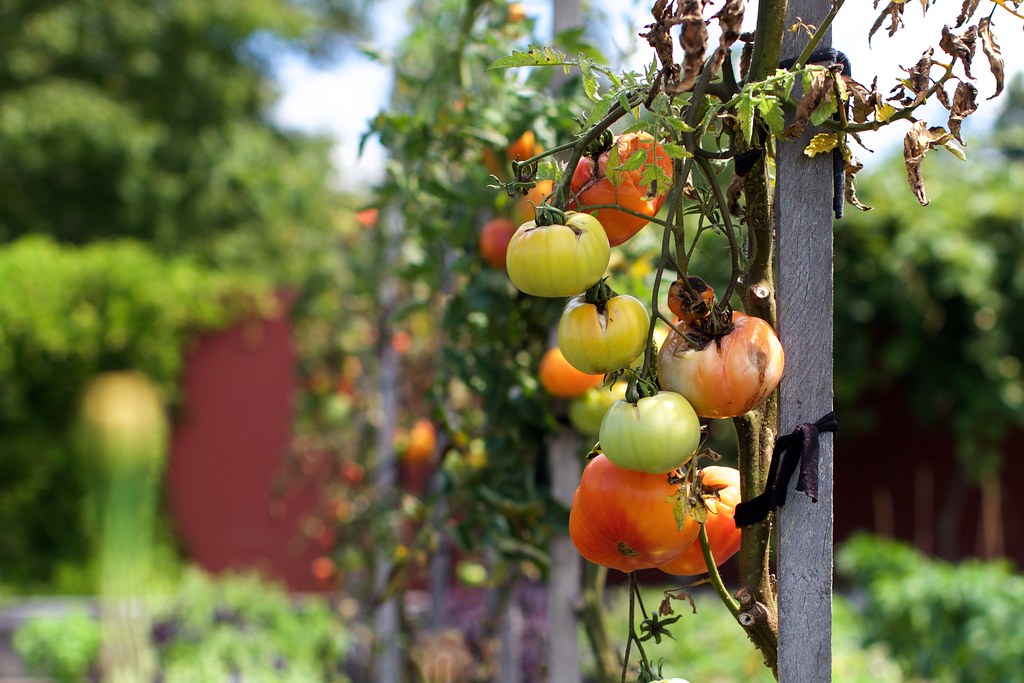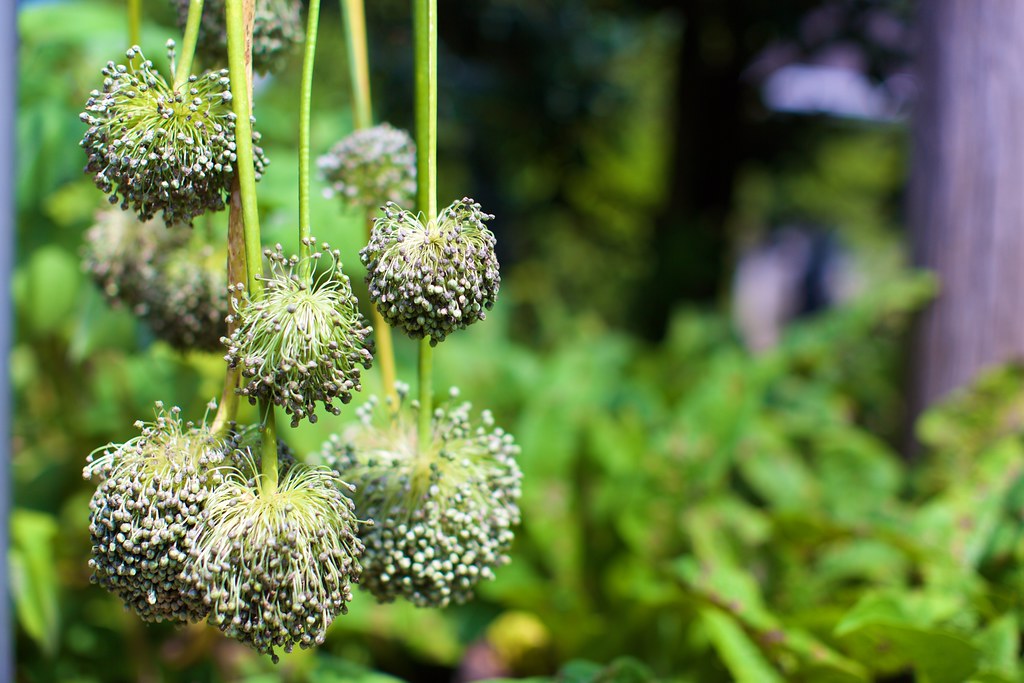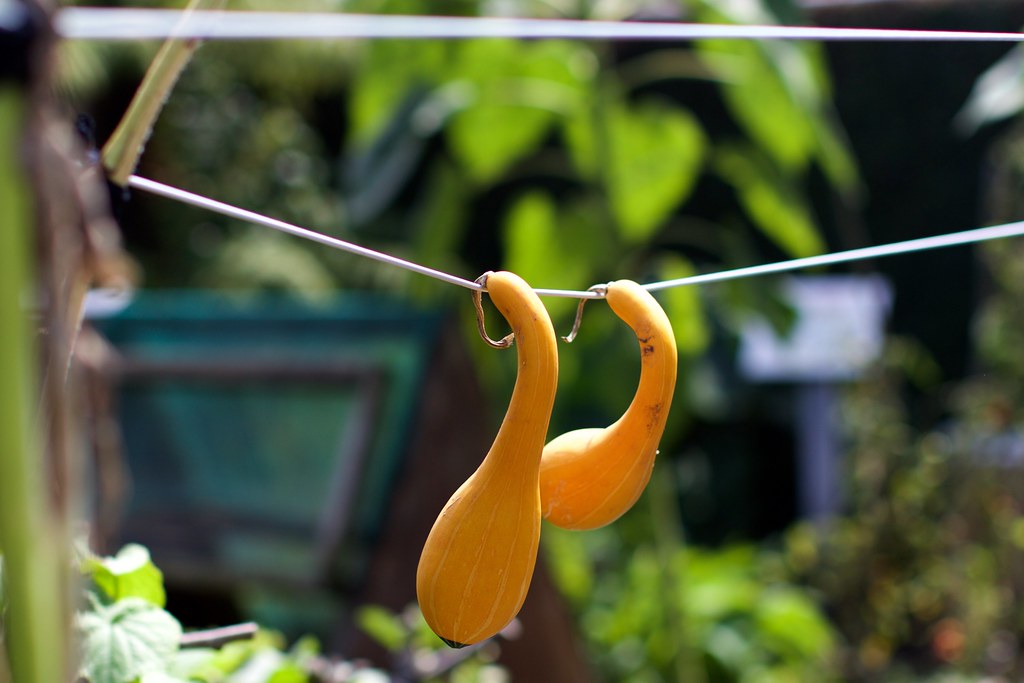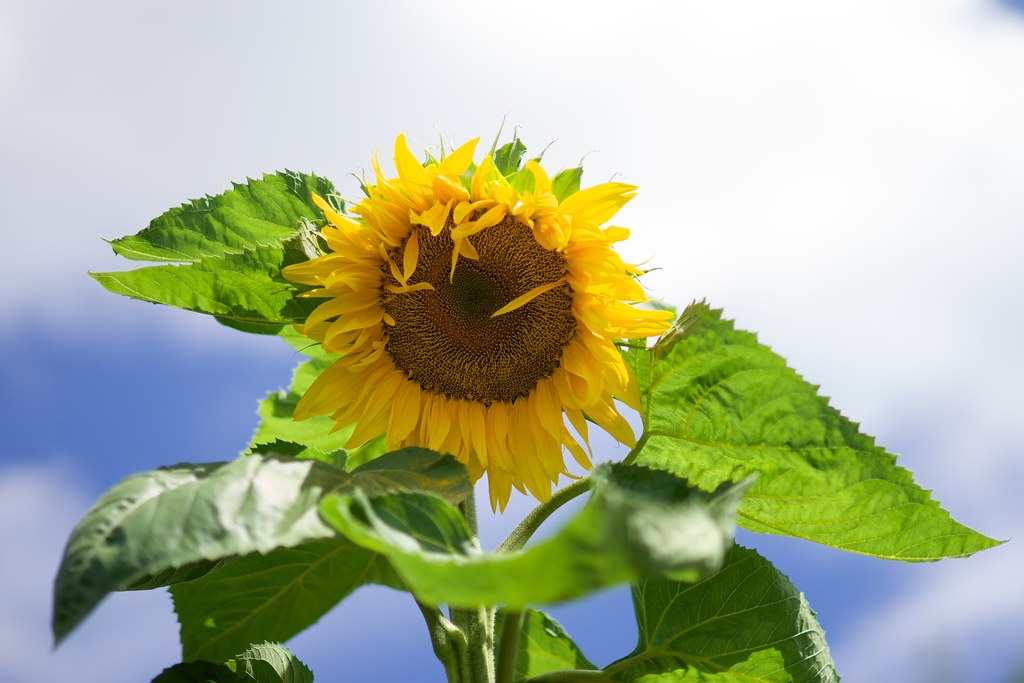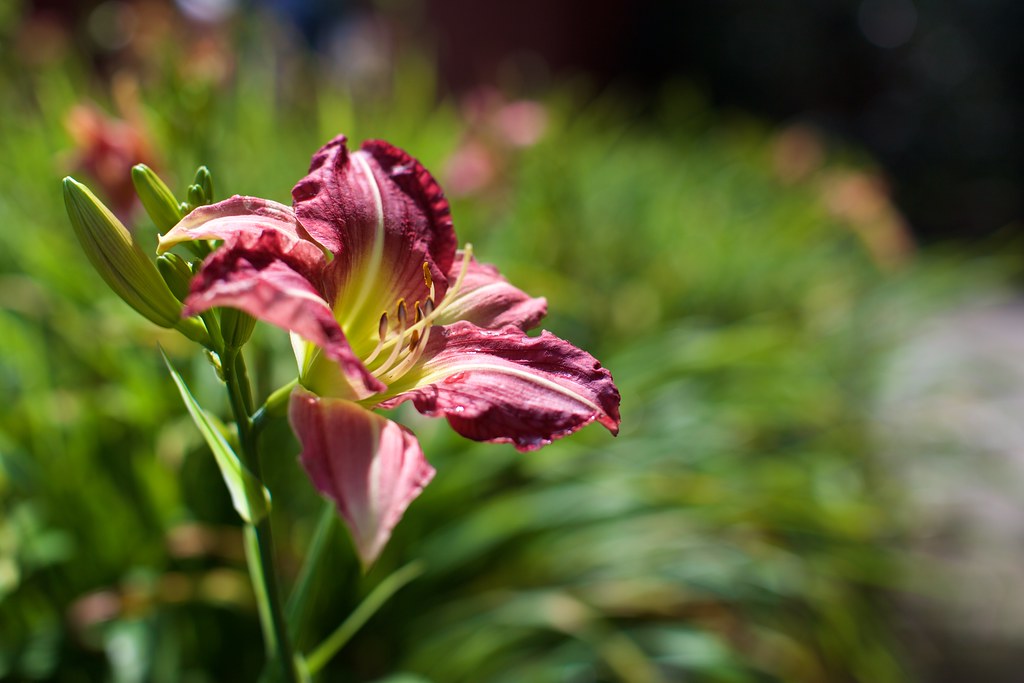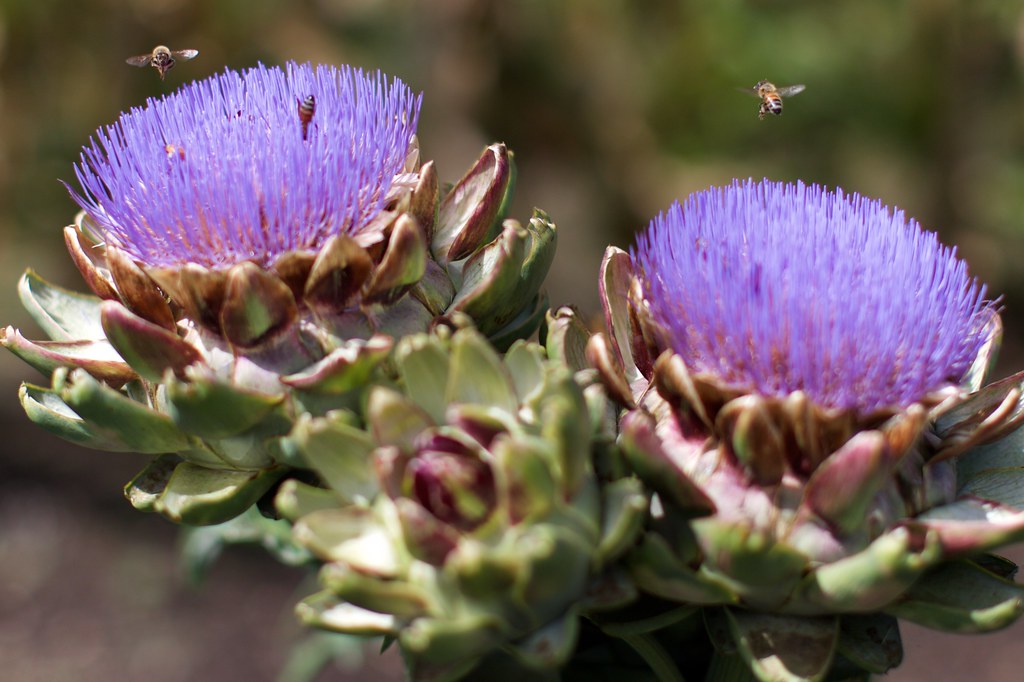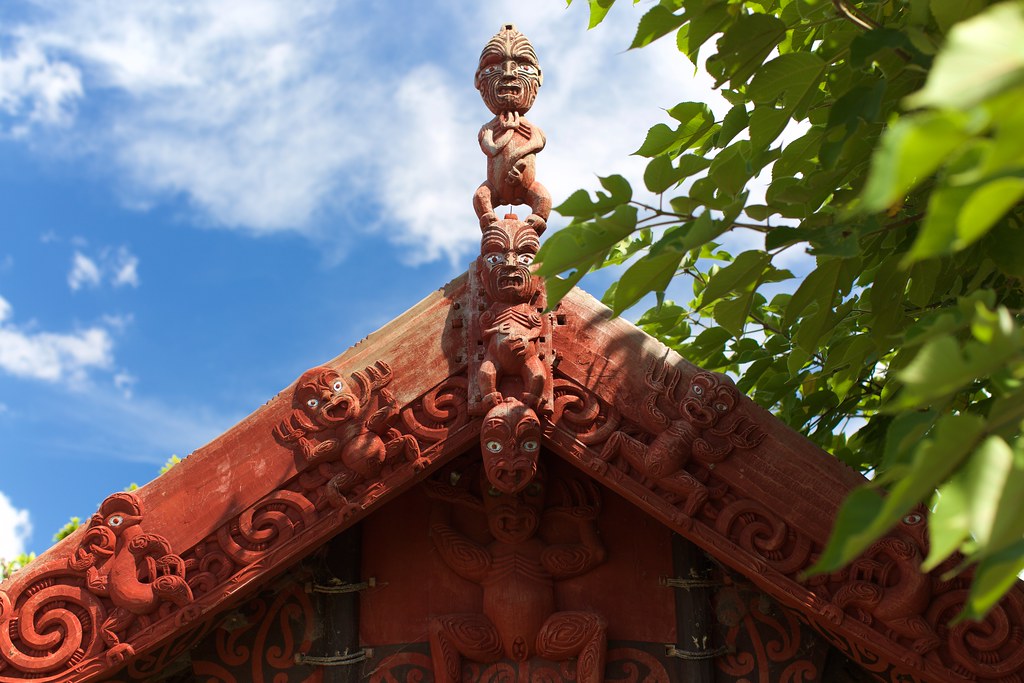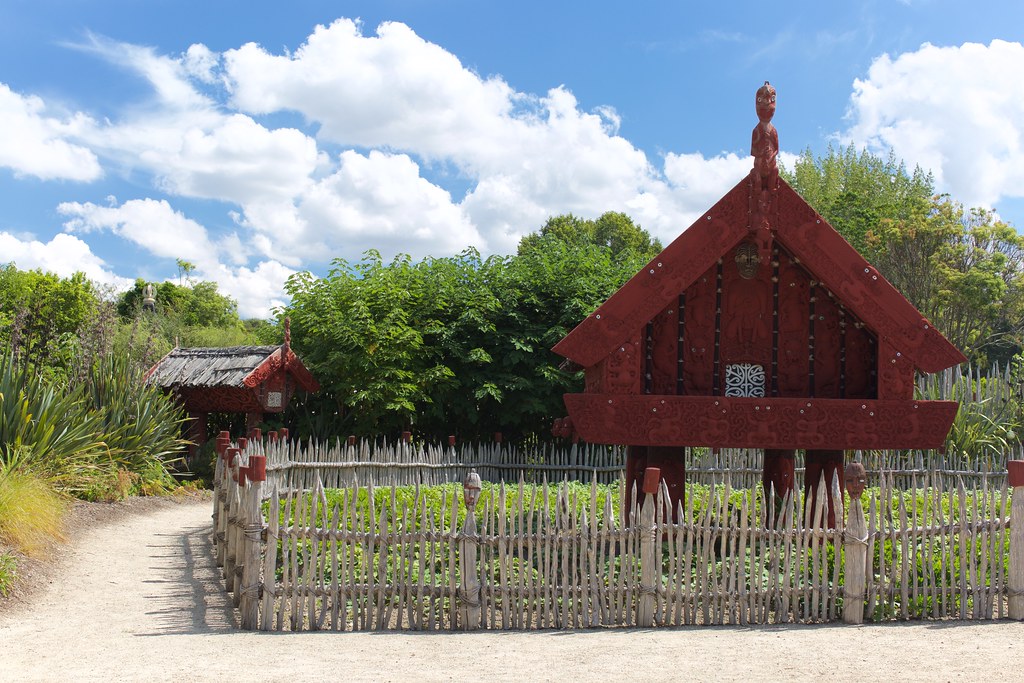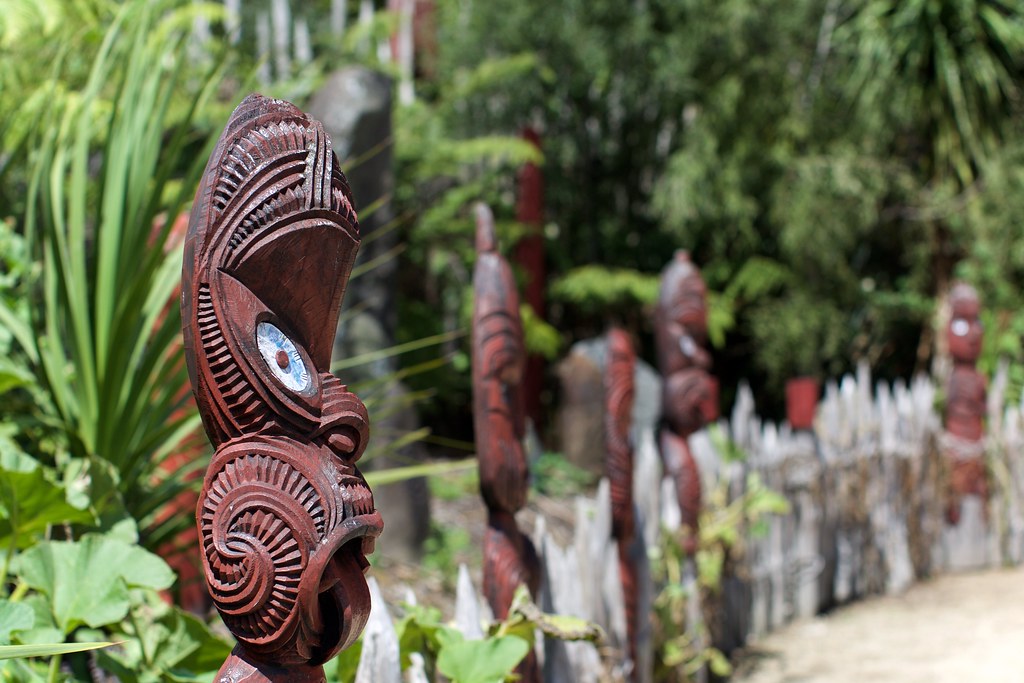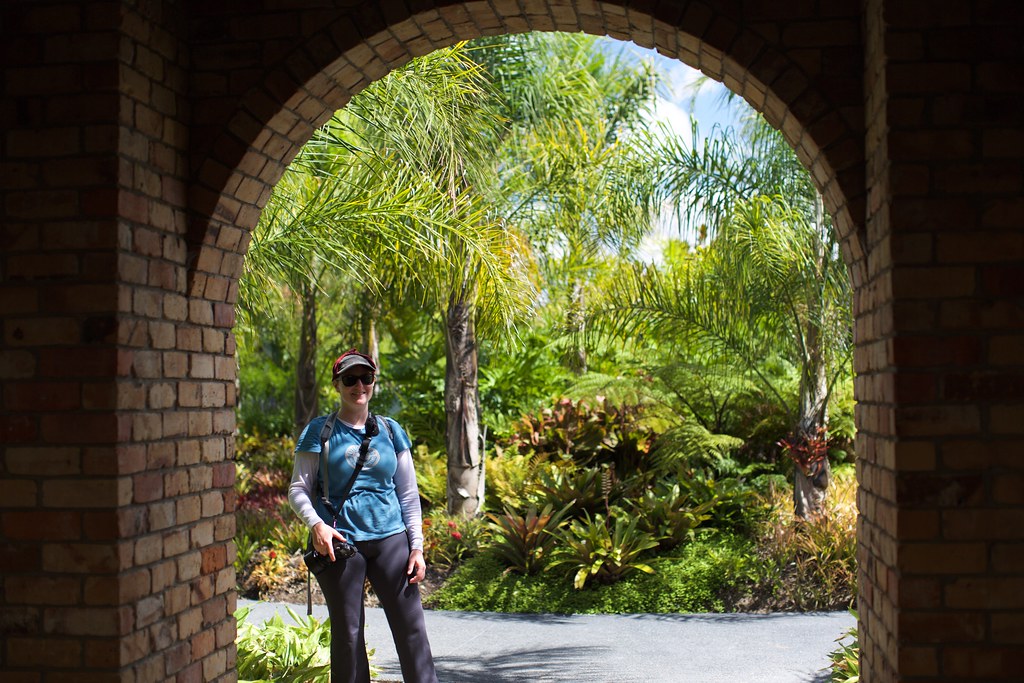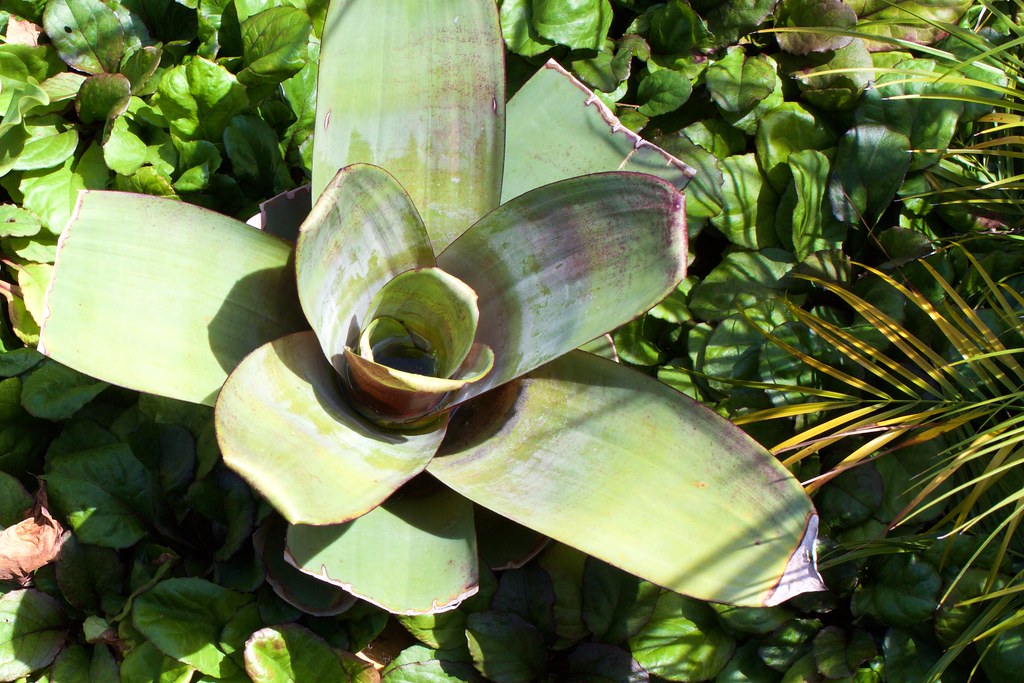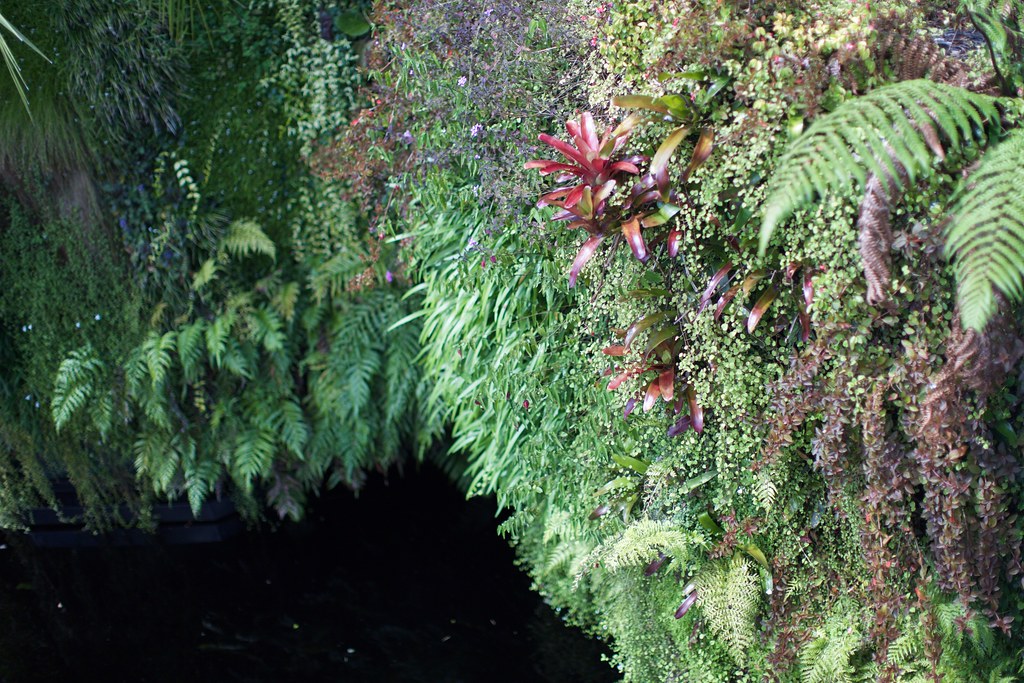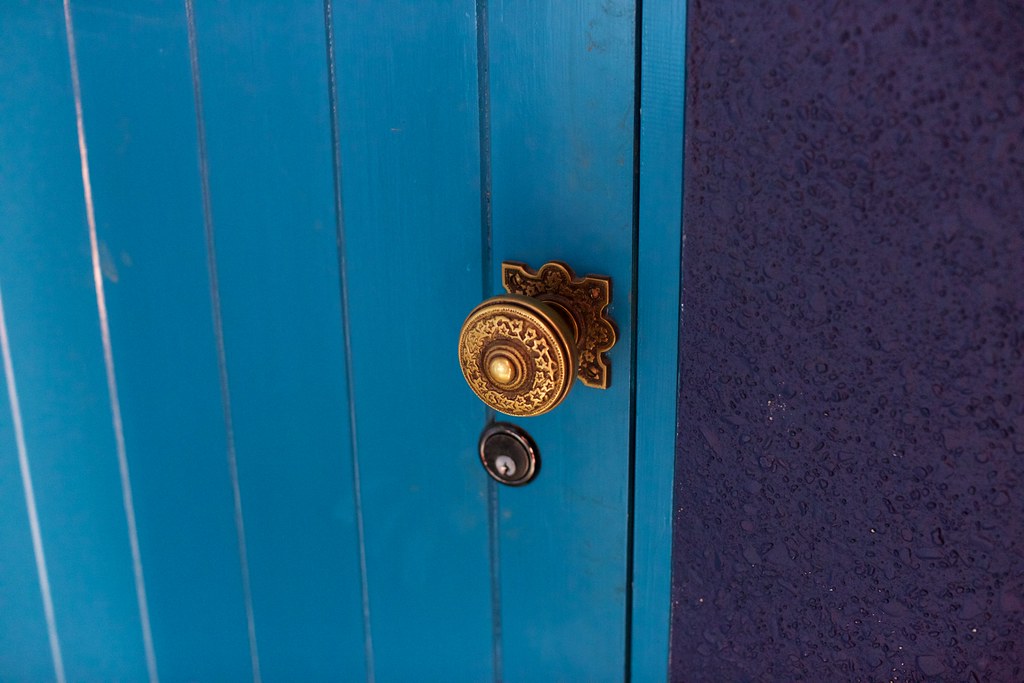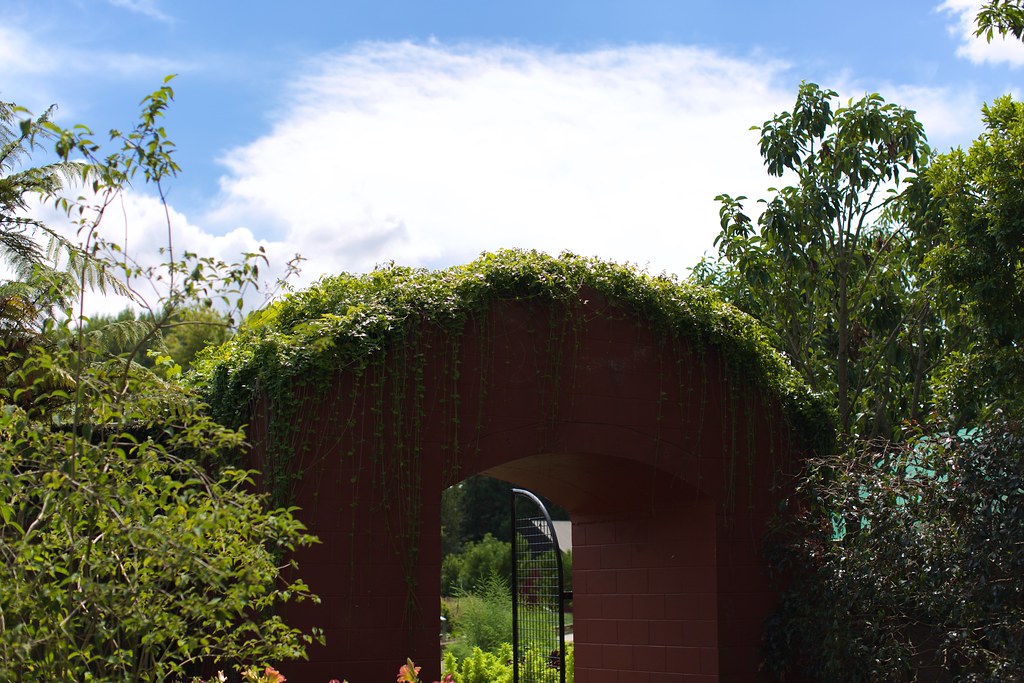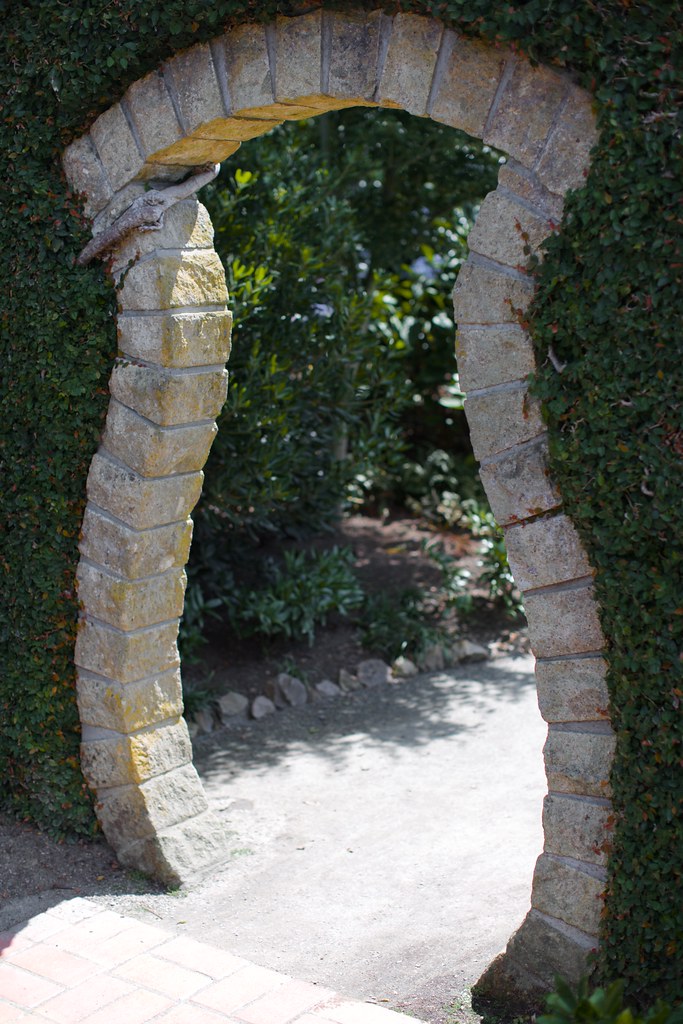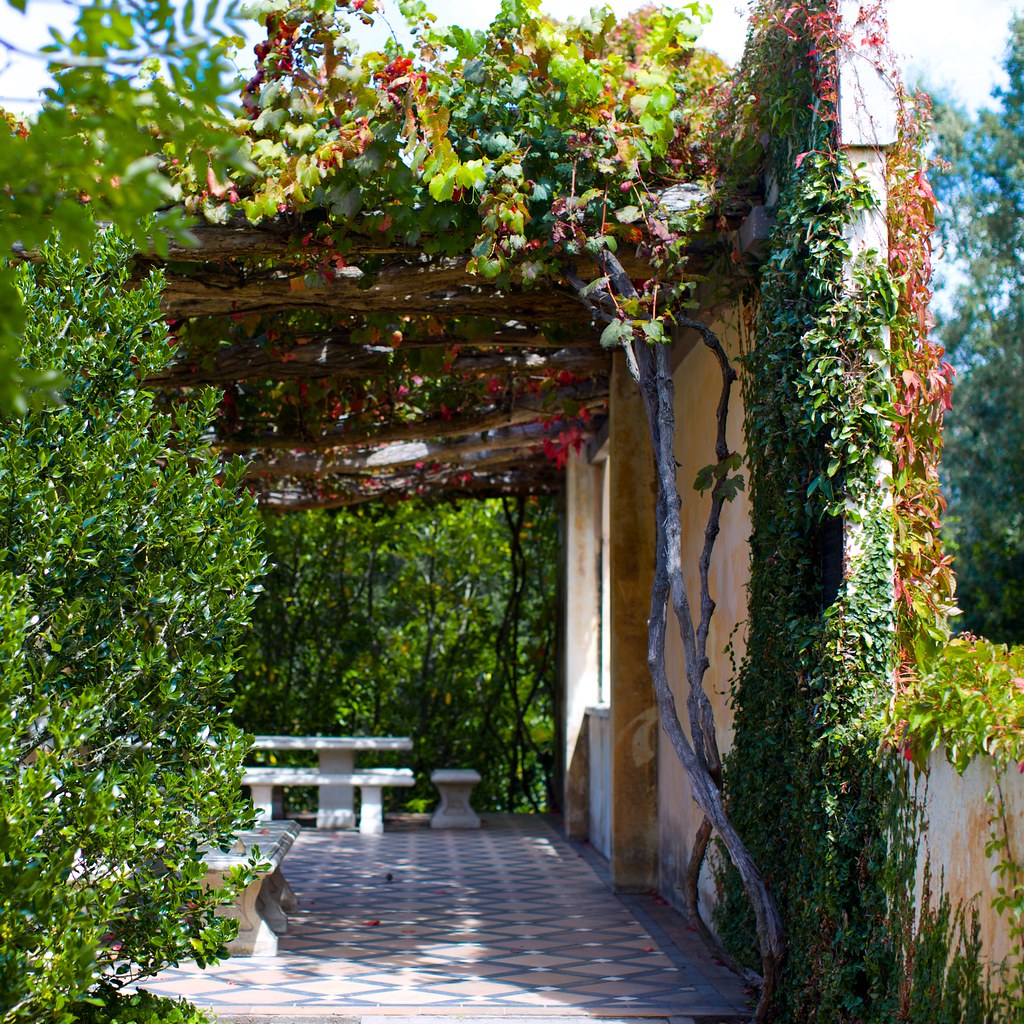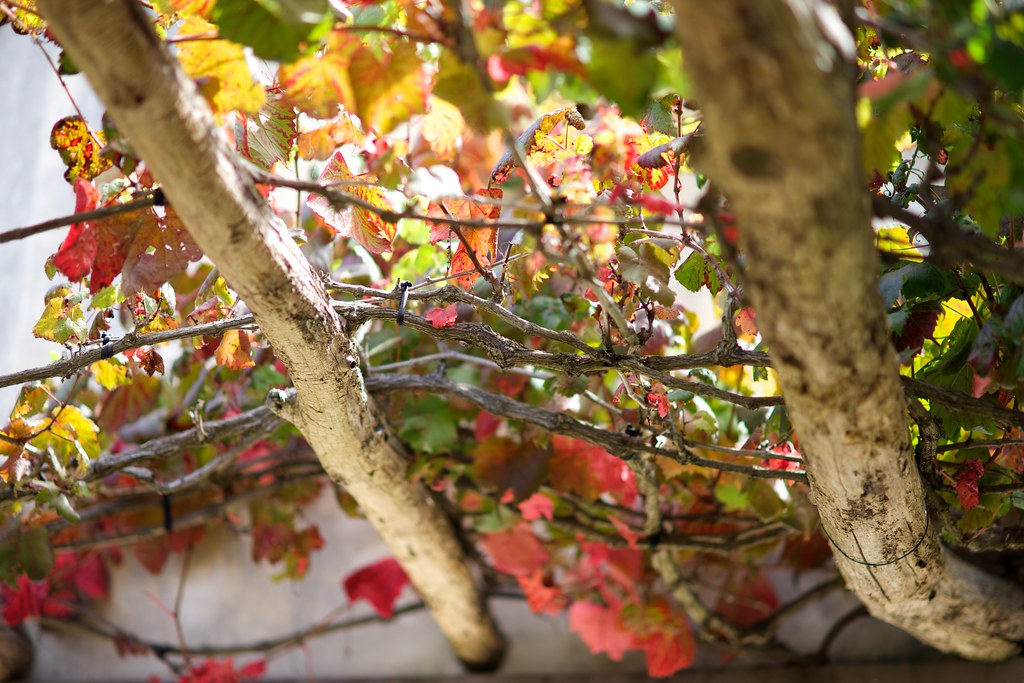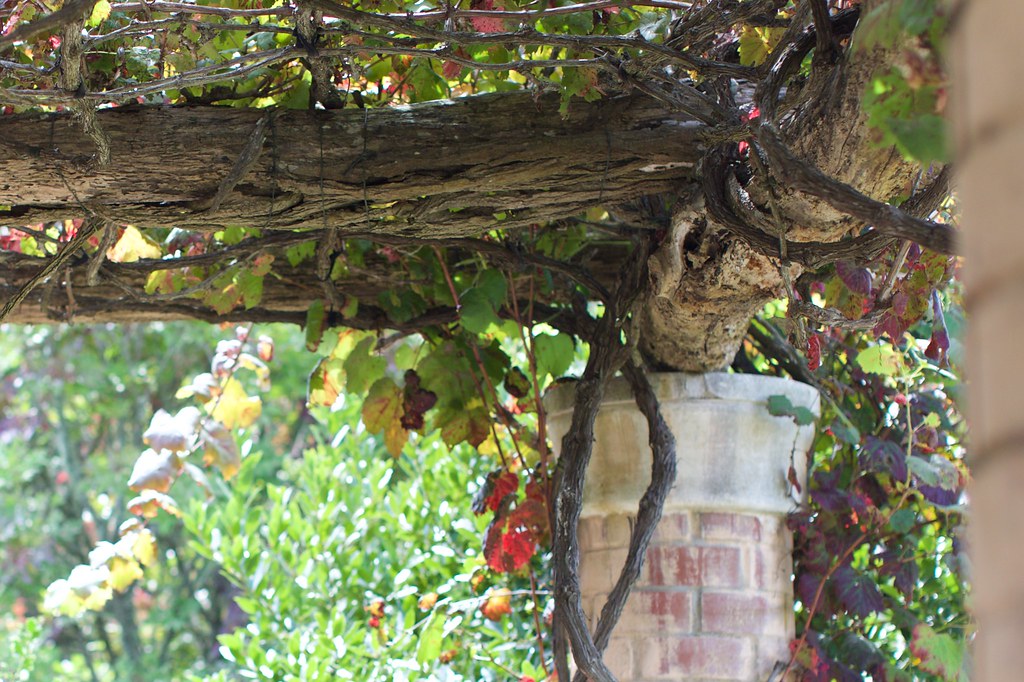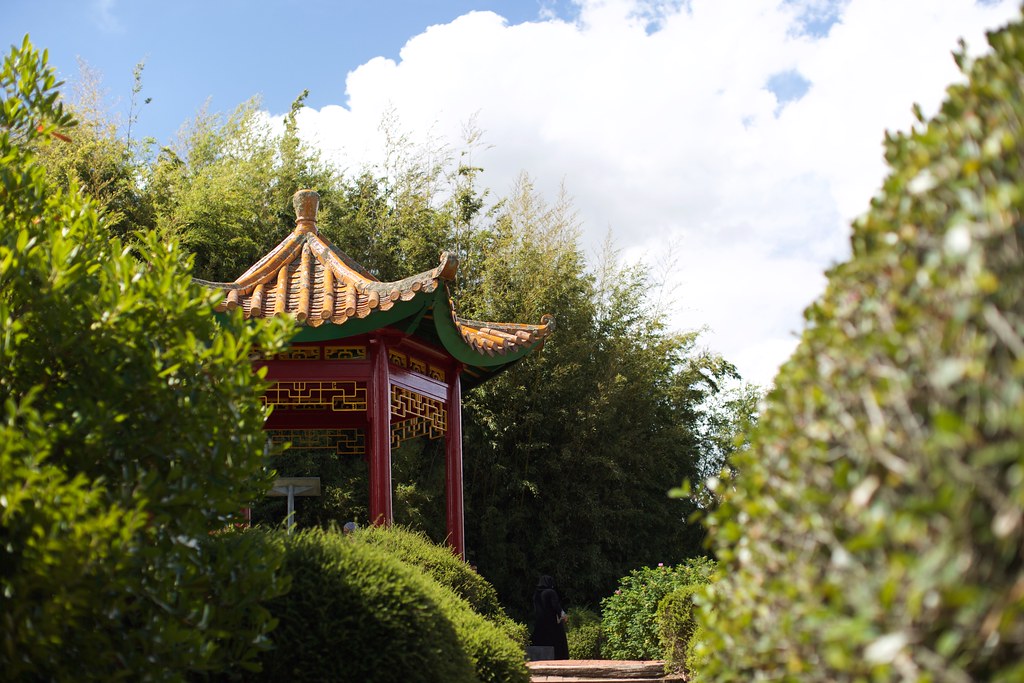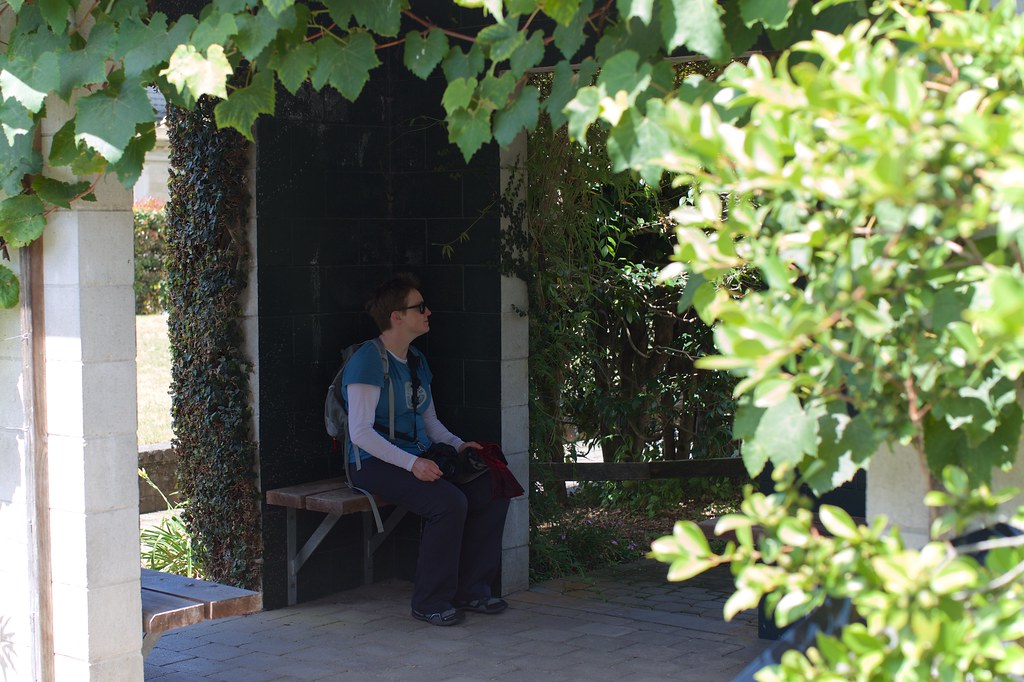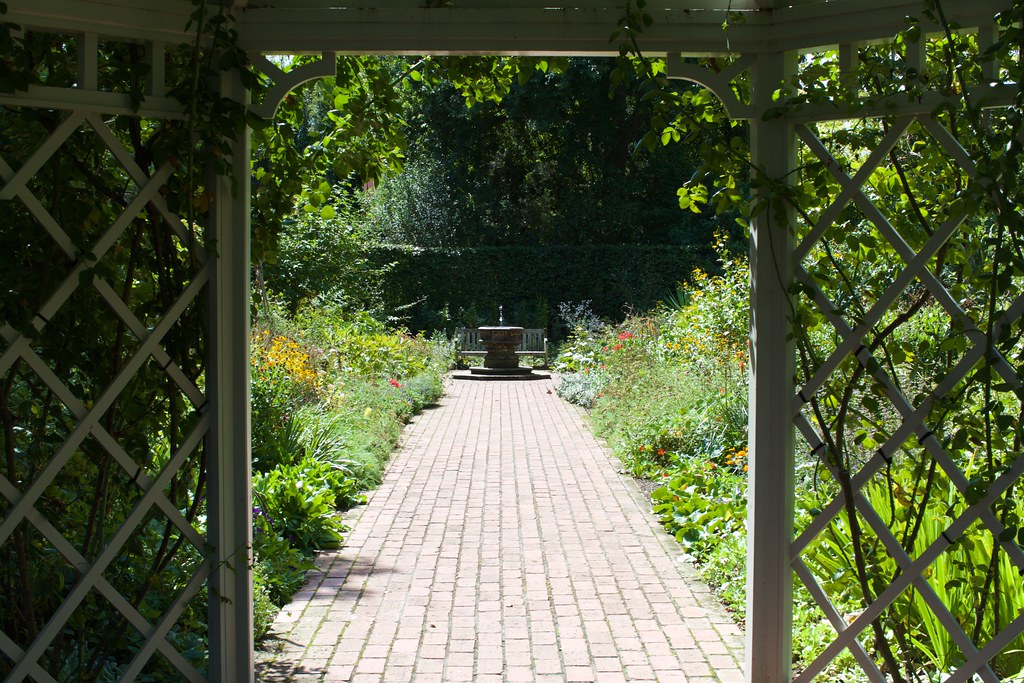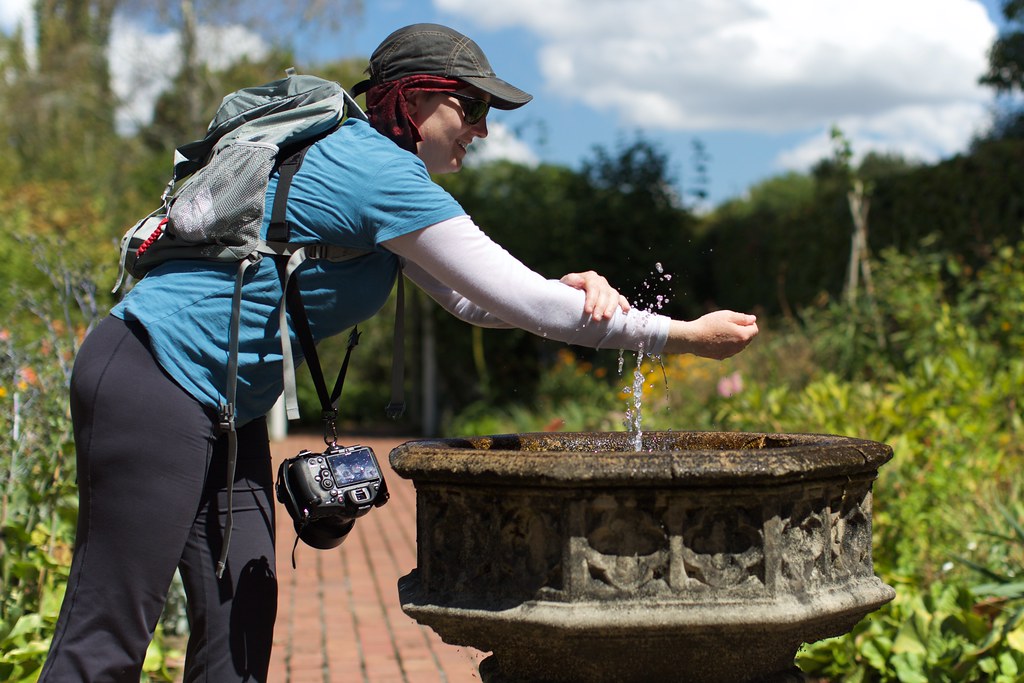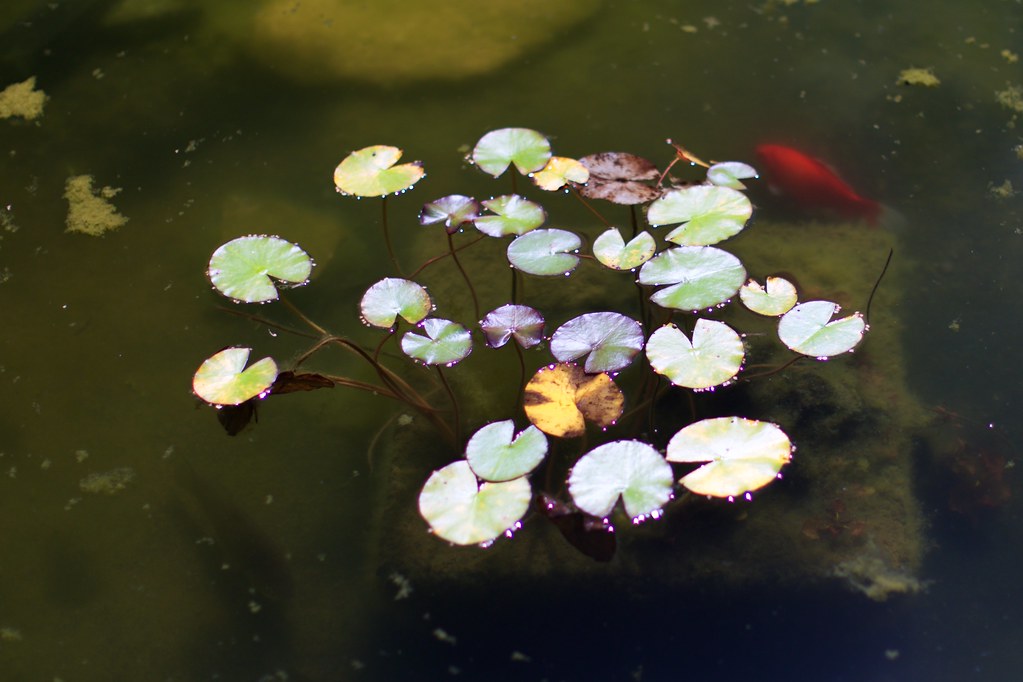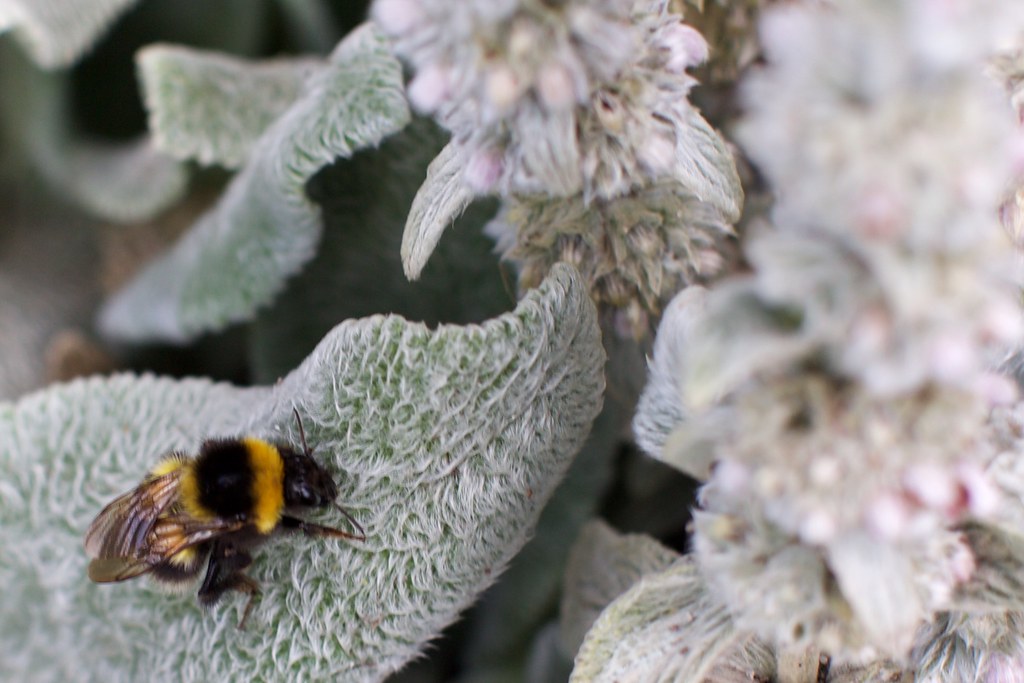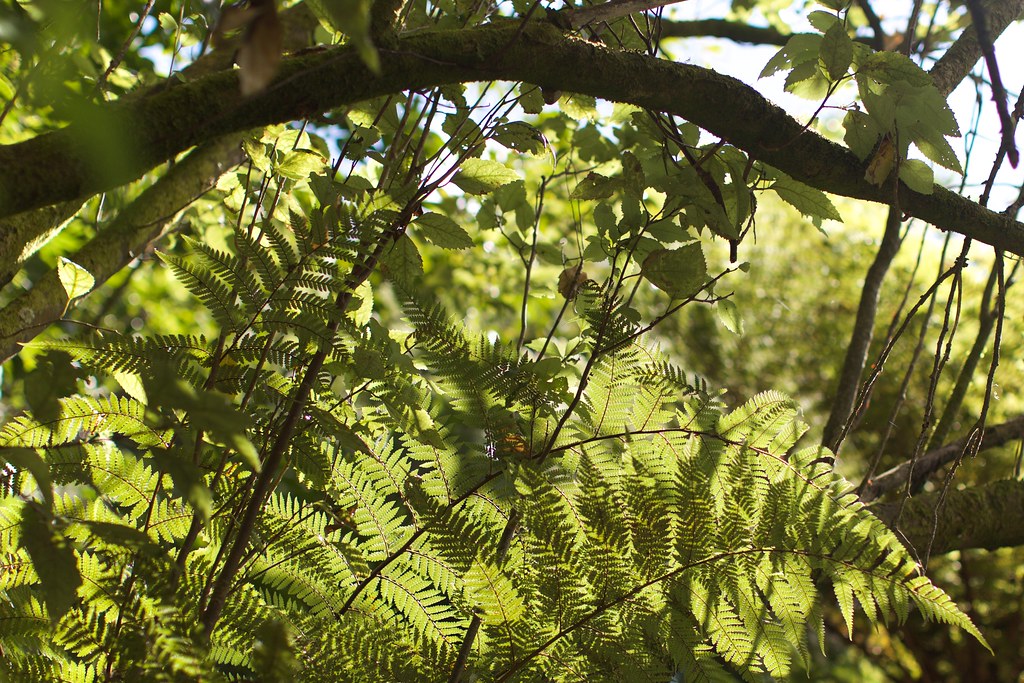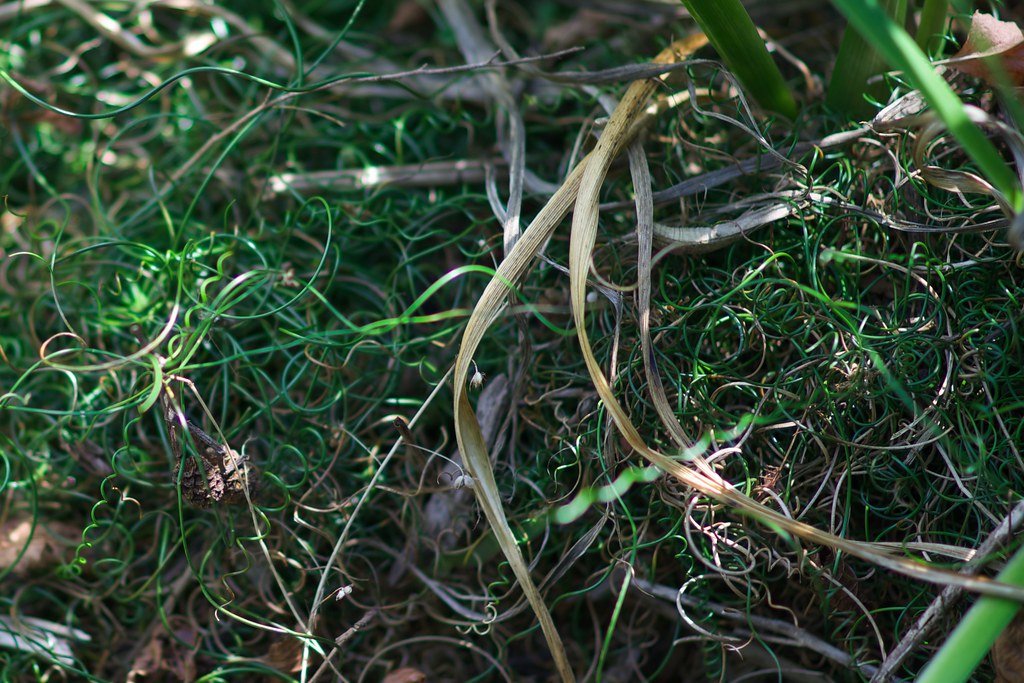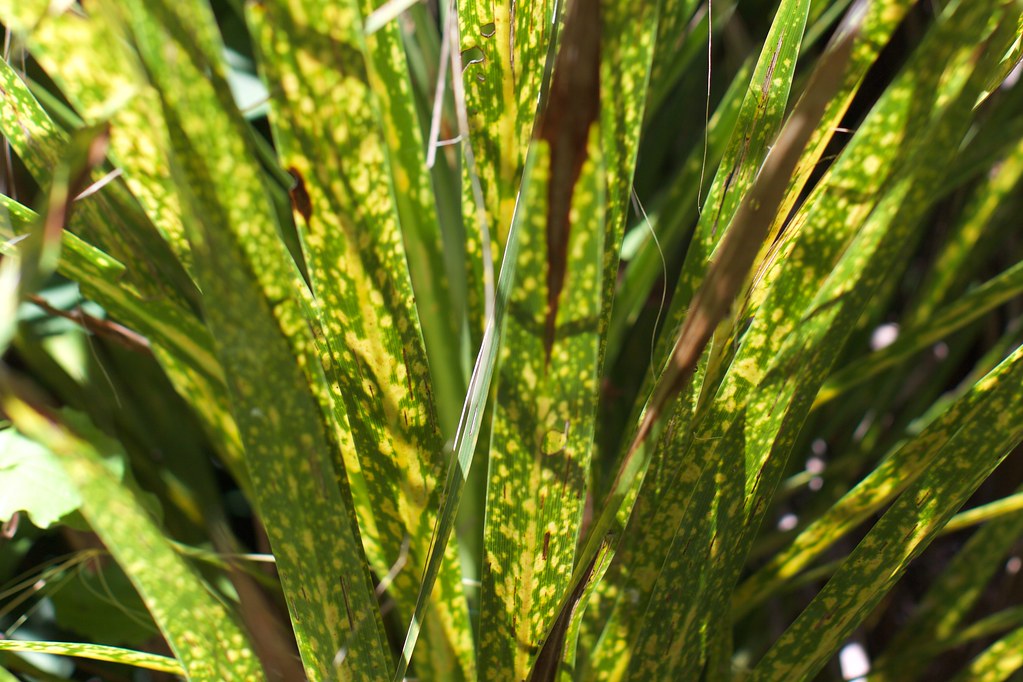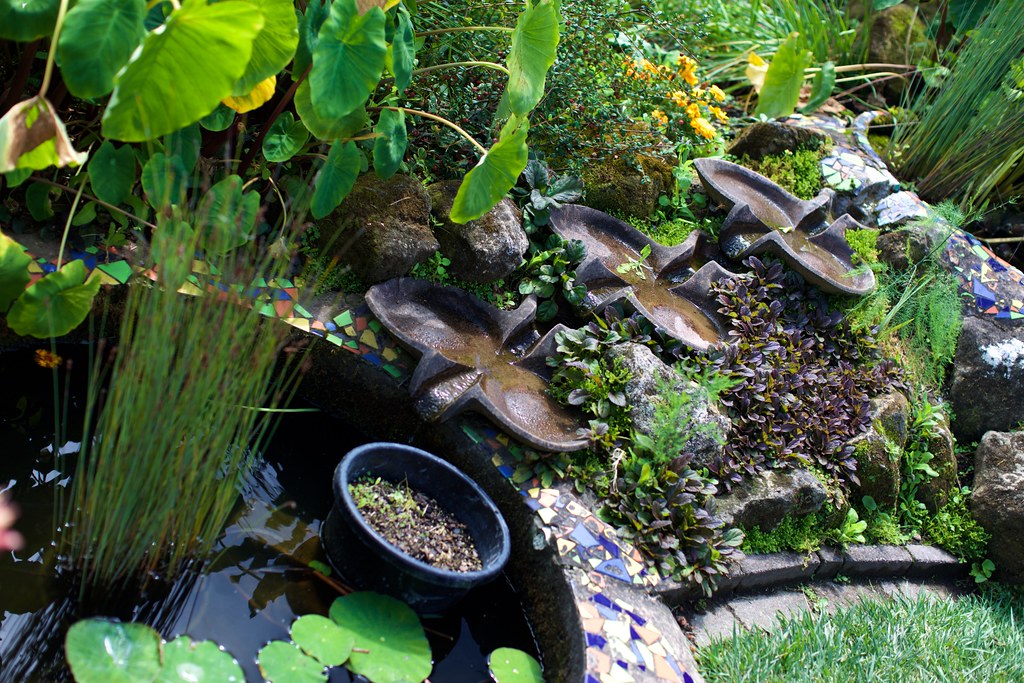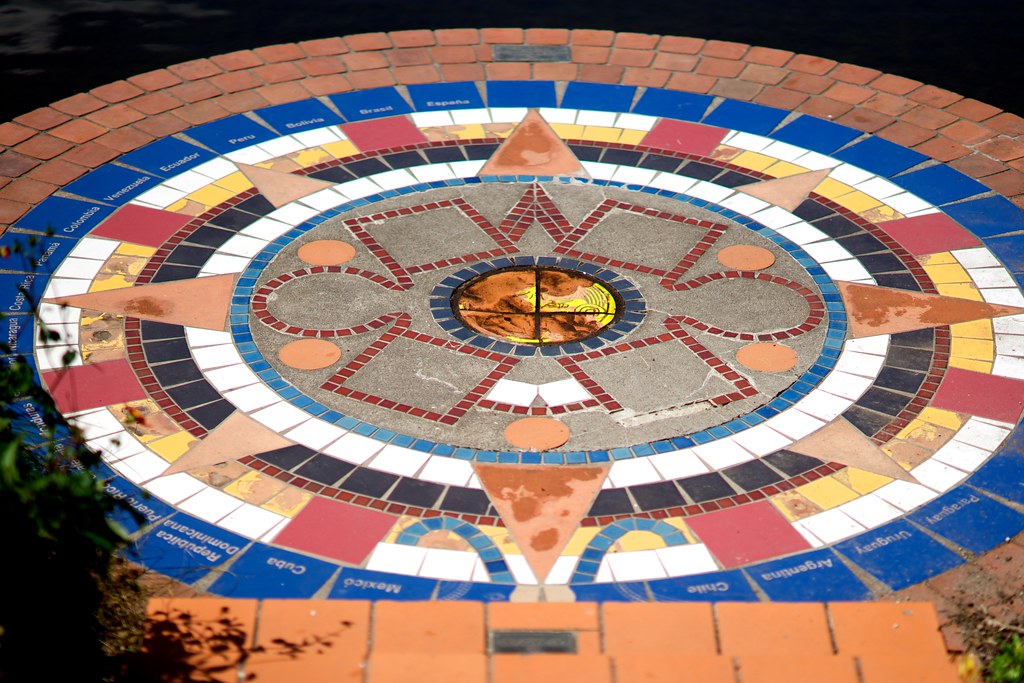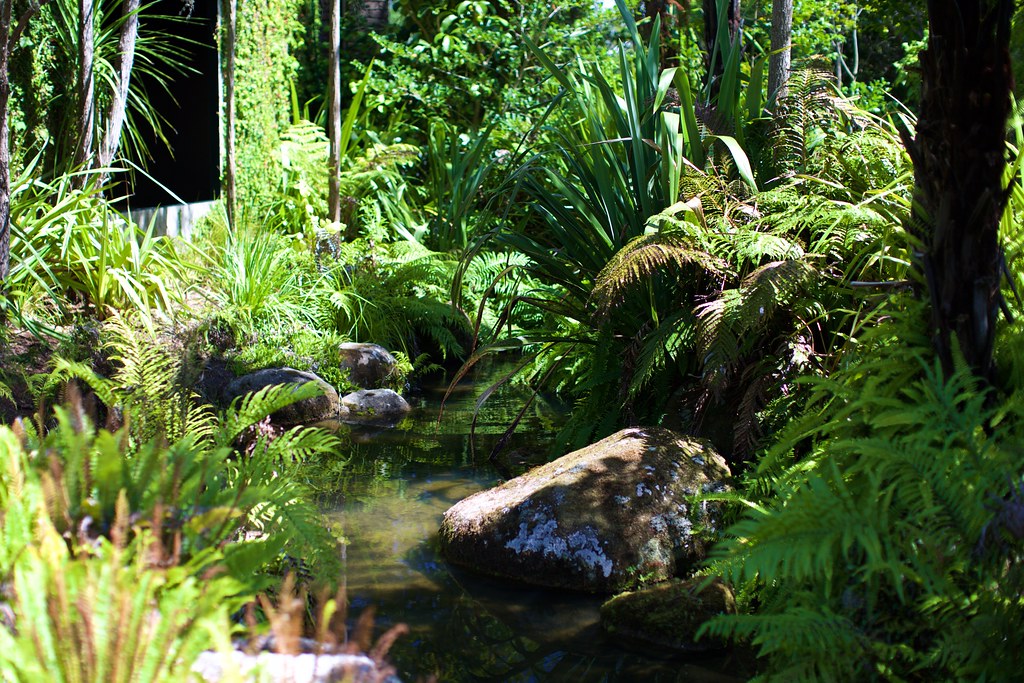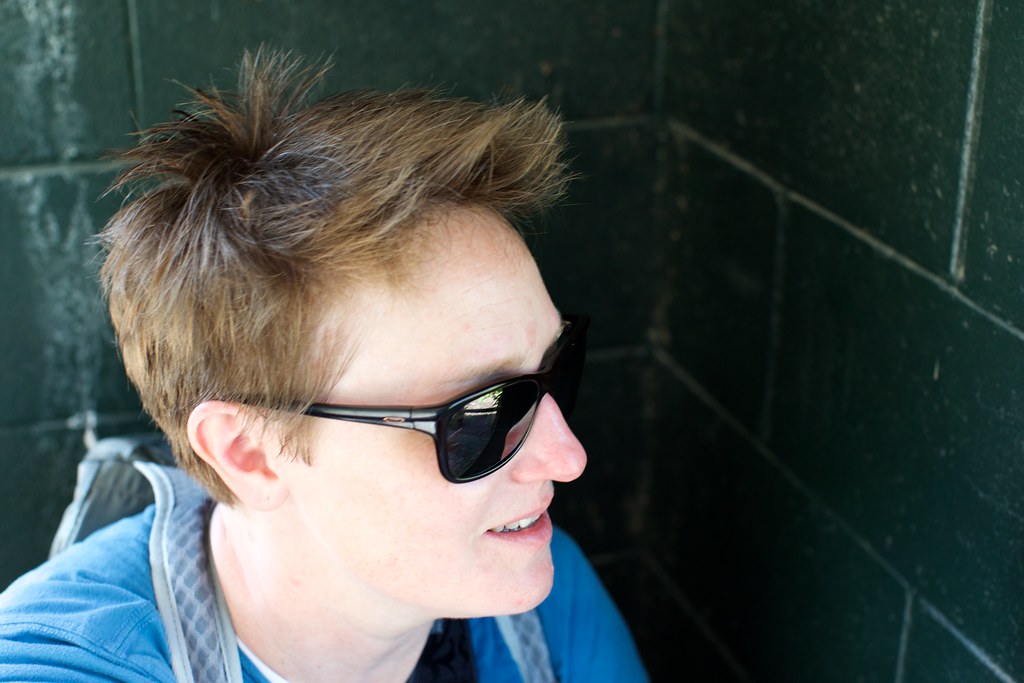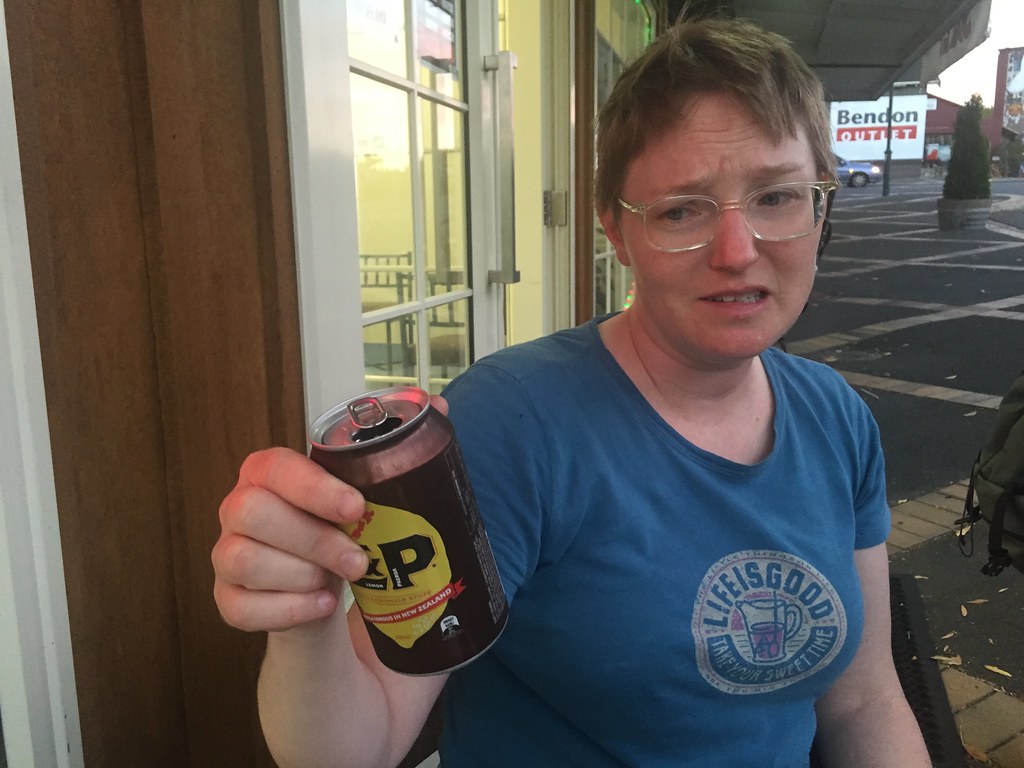NZ Day 8: Hamilton Gardens
Bursting into song about the wonders of New Zealand.
“The Russian fort is woody / In this town that’s full of goodies / The butterflies, they flutter by / And farts come from their bootys”
Not bad for a first draft? At any rate, it is conclusive proof that I am 100% CLASSY.
Here’s more evidence! (Gator #1 invited Gator #2 in for tea, but it was a TRAP)
Anyway, the reason I’m all dressed up in sun-protective gear is because Kerry and I bicycled over to the Hamilton Gardens to spend the first half of the day snapping photos, disturbing insects, and bothering waterfowl, such as these:
That’s a cicada skin, left behind on the underside of a leaf after the insect molted and crawled away. And of course, a duck, being ducky.
Hamilton Gardens was, and is, an amazing place to be a photographer. You’re probably saying, “but I can see gardens all over the world; why would I want to waste my precious time in New Zealand walking around a garden?”
Perhaps some of these pictures will help explain why!
The place is a feast for the senses, and that feast has multiple courses. There are themed and curated gardens, kept carefully behind partitions, and large open sections that grow a little more improvisational and merge slowly across each other.
(You’re probably looking at those pictures of thistles and saying, “he totally cranked up the saturation. There’s no way those colors are real.” Nope. That’s how they looked, my friends.)
We didn’t pay much attention to the signposts, and just wandered around. I have no idea how many of these plants are native to New Zealand, or even to the same hemisphere.
The Monarch butterflies were familiar, though! I grew up in a town called Santa Cruz, and during part of the year we could see them hibernating at Natural Bridges State Beach. (Check out this Forestry Service article about their migration routes.) Monarchs were brought to New Zealand from North America, and seem to have a pretty good foothold here, despite the cold winters.
They were very busy drinking nectar, so as long we we didn’t interrupt them, it was possible to get incredibly close. Check out this iPhone video:
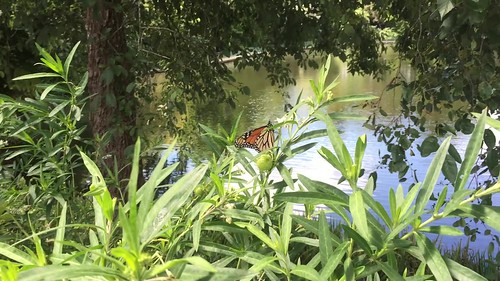
Now that is close! By the way, that loud hissing sound you hear is the cicadas, scattered throughout the foliage and talking to each other. It’s intense, but after a while it fades into the background and you stop noticing it.
It makes me wonder: Do New Zealanders travel to places like North America and walk into the redwoods, and get disoriented because the forest is so very quiet?
The birds let us get pretty close too.
Anybody know what kind of bird this is?
That’s me trying to blend in with the local foliage!
OAKTOWN REPRAZENT IN DA FOLIAGE YO.
One of the newer exhibits was this tudor-accented topiary, groomed into precise tessellations, and decorated with carvings of mythic creatures and gods.
I think some of the carvings were deliberately made to look deranged, or cartoonish, to evoke Lewis Carroll’s poetry. I mean, look at that basilisk thing. Is it menacingly reptilian? Or adorably dopey? I can’t decide.
And of course, what mythic garden would be complete without Pan, frolicking in the bushes? (Trying to track down a nymph no doubt.)
Elsewhere in the gardens, the Lewis Carroll influence was obvious!
The heat from the gravel and stones in this particular garden was mesmerizing, and the desire to sit down on that bench and lose a few hours was intense. The place had a sense of comfortable timelessness to it, like it would remain early afternoon for as long as you cared to linger there.
By contrast, the “productive” garden area – full of edible plants, and decorated with signs discussing composting and suggesting recipes – brought feelings of growth and renewal. Everything in it looked like it was just about to be pulled up and chopped into a salad bowl, or stirred into a stewpot. Mmmmm!
It looked delicious and I caught a few fellow tourists reaching into the exhibits and plucking out onions, or tomatoes, or peas, and sneaking them furtively into their pockets or mouths.
Even the things that weren’t technically edible looked delicious.
Doesn’t that flower just look good enough to chomp? (As an aside, I’m very pleased with the framing of this photo. It’s on par with the framing that Kerry manages to get almost all the time. I don’t know how she does it…)
Azolla: Free-floating water ferns! They contain a nitrogen fixing bacteria (Abaeberia azollae), and can be used as a mulch on the garden, or as chicken feed. Azolla grows rapidly and is a pest to lakes, ponds, and waterways, so it needs to be contained – like in this bathtub – for garden use.
The “productive” area was even more saturated with insects than the other gardens.
Among the “productive” gardens was one of more local origin called the Te Parapara Garden. Here’s me pretending to be one of the wall carvings.
Dig this: Te Parapara was originally the name of the pre-European Maori settlement in what is now the centre of Hamilton Gardens!
The section is part tribute, part reference, and has two sub-sections, one presenting the uncultivated food the Maori gathered from the forest and grassland, the other presenting the system they developed for organized farming of these and other tropical crops in a sub-tropical climate. When Europeans showed up in the 1840’s, this system was well-established in plantations all over the islands.
Speaking of tropical, another highlight for us was the tropical-themed garden. 200 different species of plants, according to the documentation, hardy enough to be grown outdoors but still giving the appearance of the tropics.
The colors were intense, and many of the plants had a thickness and stiffness to them that made the garden feel as much like a sculpture or a carving than something grown from the soil.
I wonder what it would take to grow these in my back yard? I have a bunch of succulents there already – perhaps it’s time to add to the collection when I get back home?
Even the doorways were interesting here…
…And each of them led to something new and unique, like this Italian Renaissance-themed garden with many pockets and sections to explore.
Having so many distinct styles so close together, but confined to their own sections, appealed to my OCD nature. It was like browsing a collection of trading cards or figurines neatly organized on a shelf. Sharpened borders, matching sizes, and no intermediate space becomes just as important a part of the structure as the content itself.
I assume this is why most of my plants back home are in pots. They’re all together in the garden, but they’re also distinct and – in a very real way – protected from one another. Plants will happily fight to the death for root and sun space, and I don’t want to lose any “weaker” species to “stronger” ones. I gotta catch ’em all!
Perhaps this is why I was so impressed by the Victorian Flower Garden:
All the plants seemed to be co-existing, even though they were placed together in what looks like a big tangle. I assume this is a combination of careful selection and careful grooming.
The effect was lovely, and the open setting – colorful and layered without being overwhelming – made this garden my favorite, slightly outranking the Tudor garden with the weird topiary.
We both wanted to stay longer, but we had a bus to catch. There were three or four sections that we just didn’t have time to see. It would also have been nice to set down a little picnic blanket and have lunch somewhere. Nope! Got to get going.
There is so much of New Zealand to see – including dozens of things Kerry and I already know about and deliberately decided to skip – that it’s unlikely I’ll ever return to the Hamilton Gardens to finish my tour. Plus, the sections are always in flux – their contents are literally growing. A return visit would not be a return to the same sights as before. So if you think you can skip it just because you’ve seen my pictures, well, it just ain’t so!
Kerry and I returned to the Albert Court Motor Lodge and fetched the rest of our luggage from the garage near the office, which the clerk had graciously let us use for our visit to the gardens. A while after that we were riding the bus out of town, towards Tirau. This would provide us a flatter approach to Hobbiton than the route we’d originally planned.
Tirau turned out to be a collection of shops strung out along Highway 1 where it briefly merges with Highway 27 and Highway 5, with a few motels scattered in like eddies in a river. Like speedboats in that same river, big trucks would come roaring up and down the highway through town at all times of day or night, with little regard for pedestrians or the wake of noise they left. We went out for dinner and watched them zooming by as we ate.
Out of curiosity, Kerry bought a popular local drink, called “L&P”. Kiwis think this drink is awesome, but to us it tastes obnoxious. We’ve decided the “L&P” stands for “Lemon and Puke”.
Our motel room reeked so much of cigarettes that we had to keep the windows open and even move the bed closer to the windows, but at the same time the noise from the trucks was punishing. Sleep wasn’t easy.
But who cares! Today was amazing, and tomorrow we’re going to Hobbiton!

